In the ever-evolving landscape of networking technology, optical modules play a crucial role in ensuring high-speed data transmission. This guide aims to clarify the differences between three prominent optical modules: QSFP28, QSFP+, and SFP+. Understanding these modules will help you make informed decisions for your networking needs.
1. Basic Knowledge Introduction
What is an Optical Module?
An optical module is a device that converts electrical signals into optical signals and vice versa. It is essential for establishing high-speed communication over fiber optic networks.
Overview of QSFP28, QSFP+, and SFP+
- QSFP28: Quad Small Form-factor Pluggable 28, supporting data rates up to 100 Gbps.
- QSFP+: Quad Small Form-factor Pluggable Plus, supporting data rates up to 40 Gbps.
- SFP+: Small Form-factor Pluggable Plus, supporting data rates up to 10 Gbps.
2. Performance Comparison
Bandwidth and Speed
QSFP28 offers significant bandwidth advantages with its 100 Gbps capability, making it ideal for data centers and high-performance computing environments. In contrast, QSFP+ can handle up to 40 Gbps, suitable for high-density applications, while SFP+ provides up to 10 Gbps, often used in enterprise networks.
Transmission Distance and Application Scenarios
- QSFP28: Typically supports distances up to 100 meters over multimode fiber and several kilometers over single-mode fiber.
- QSFP+: Generally supports distances up to 150 meters over multimode fiber.
- SFP+: Can reach up to 300 meters over multimode fiber.
Each module is suited for different application scenarios, from data centers to enterprise networks.
3. Compatibility and Interoperability
Importance of Compatibility
Compatibility is essential when integrating optical modules into existing network infrastructure.
Compatibility with Devices
- QSFP28: Compatible with newer switches and routers designed for high-speed applications.
- QSFP+: Works well with many existing devices but may have limitations in newer setups.
- SFP+: Widely compatible with various network devices, making it a versatile choice.
4. Cost-Effectiveness Analysis
Impact of Cost on Selection
Cost is a significant factor when choosing optical modules.
Price Comparison
- QSFP28: Generally more expensive due to its advanced technology and higher performance.
- QSFP+: Moderately priced, offering a balance between performance and cost.
- SFP+: Usually the most cost-effective option, particularly for lower-speed applications.
Long-Term Return on Investment
While QSFP28 may have a higher upfront cost, its performance can lead to lower operational costs and better efficiency in the long run. Choosing the right module can result in substantial savings and enhanced network performance.
5. Selection Guide
Challenges in Choosing Optical Modules
Selecting the right optical module can be daunting due to the variety of options available.
Analyzing Usage Requirements
To choose the appropriate module, consider your specific network needs:
- High-speed data transfer: Opt for QSFP28.
- Balanced performance: QSFP+ is a solid choice.
- Cost-sensitive projects: SFP+ may be the best fit.
Expert Recommendations
Industry experts suggest evaluating your current and future networking needs before making a decision.
Summary and Recommendations
- QSFP28: Best for cutting-edge data centers and high-performance applications.
- QSFP+: Ideal for high-density environments where 40 Gbps is sufficient.
- SFP+: Suitable for standard enterprise networks with lower speed requirements.
Conclusion
Choosing the right optical module—whether QSFP28, QSFP+, or SFP+—depends on your specific networking needs, budget, and future growth plans. By understanding the differences and applications of each module, you can make an informed decision that enhances your network’s performance and efficiency.



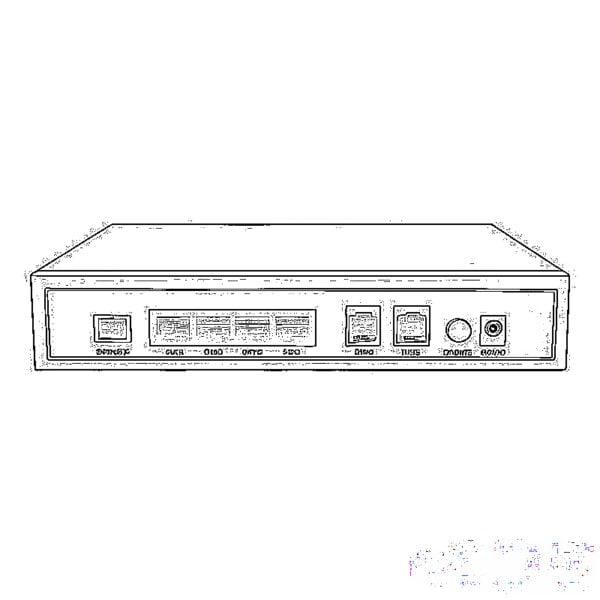
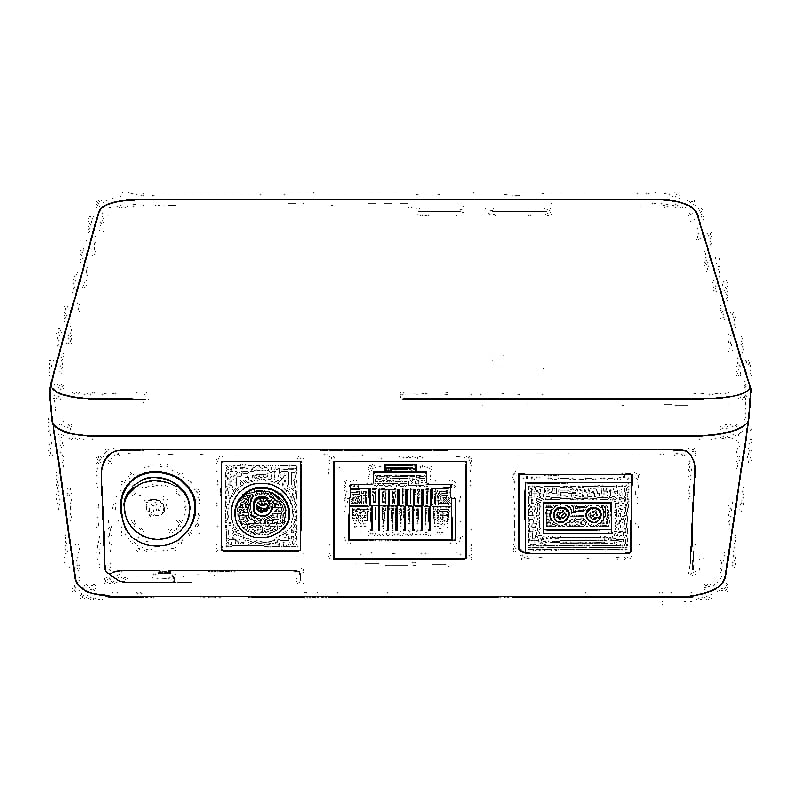
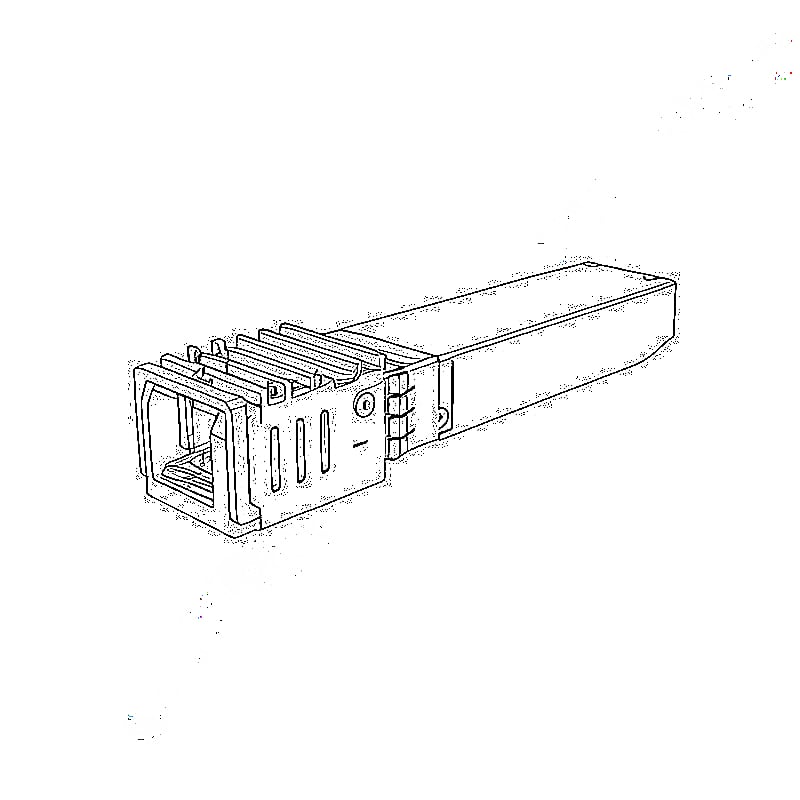
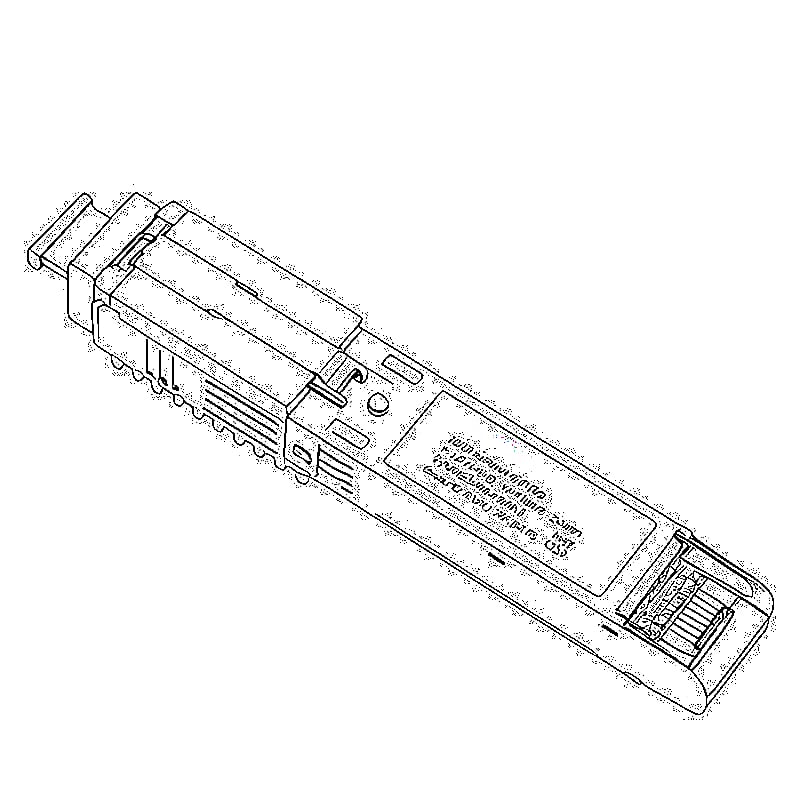
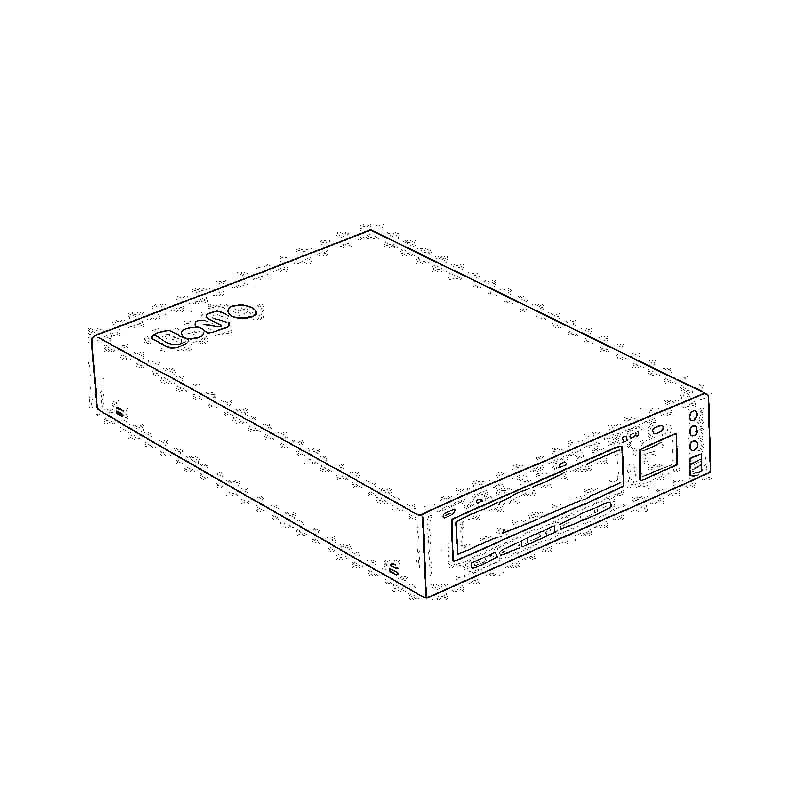
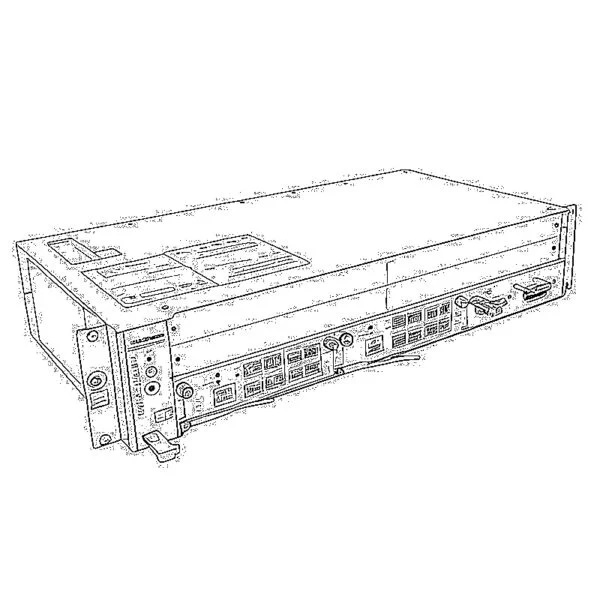
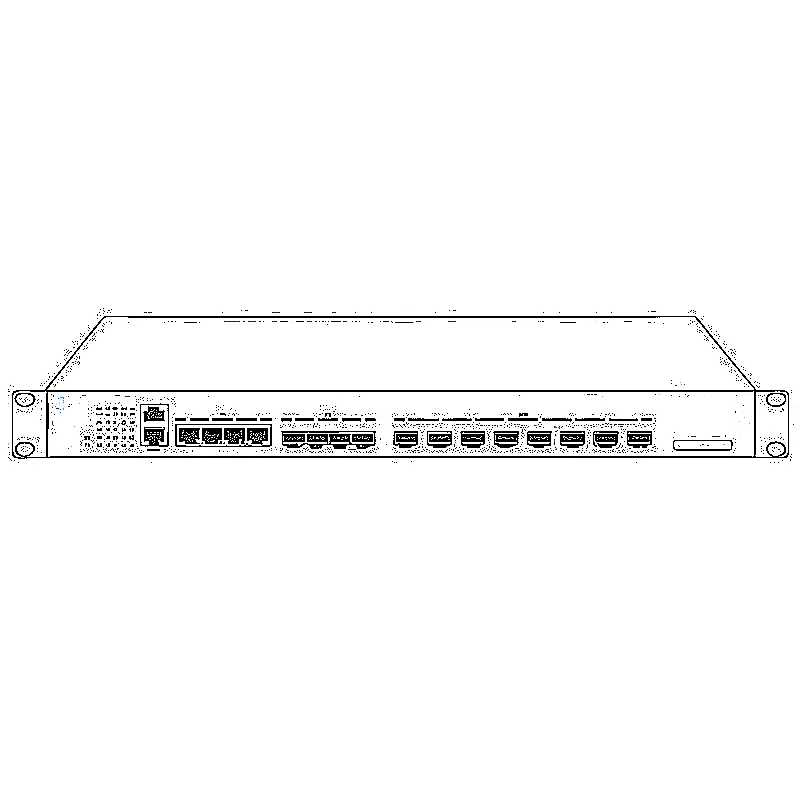
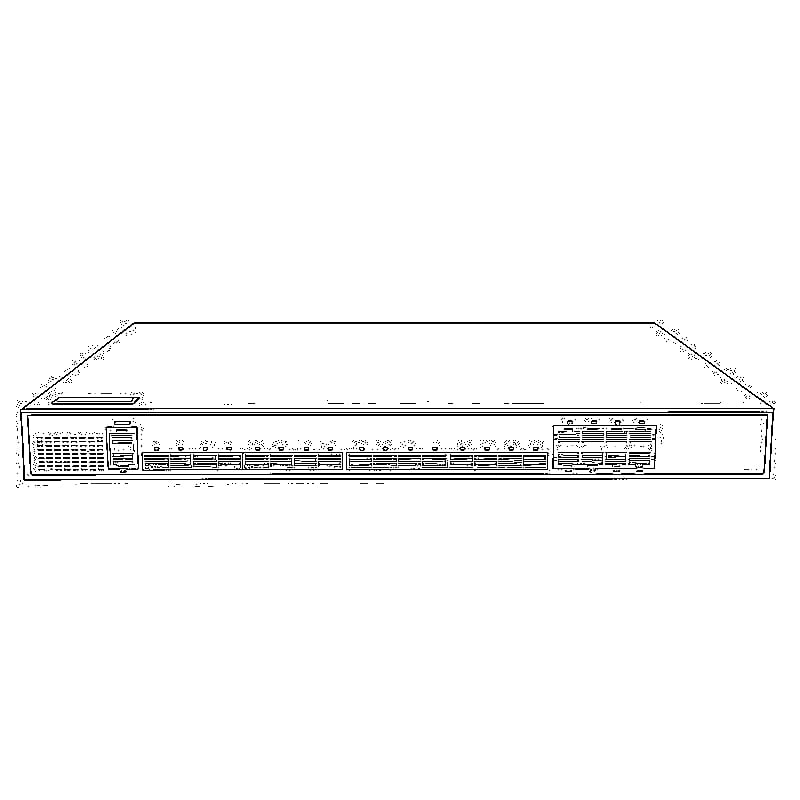
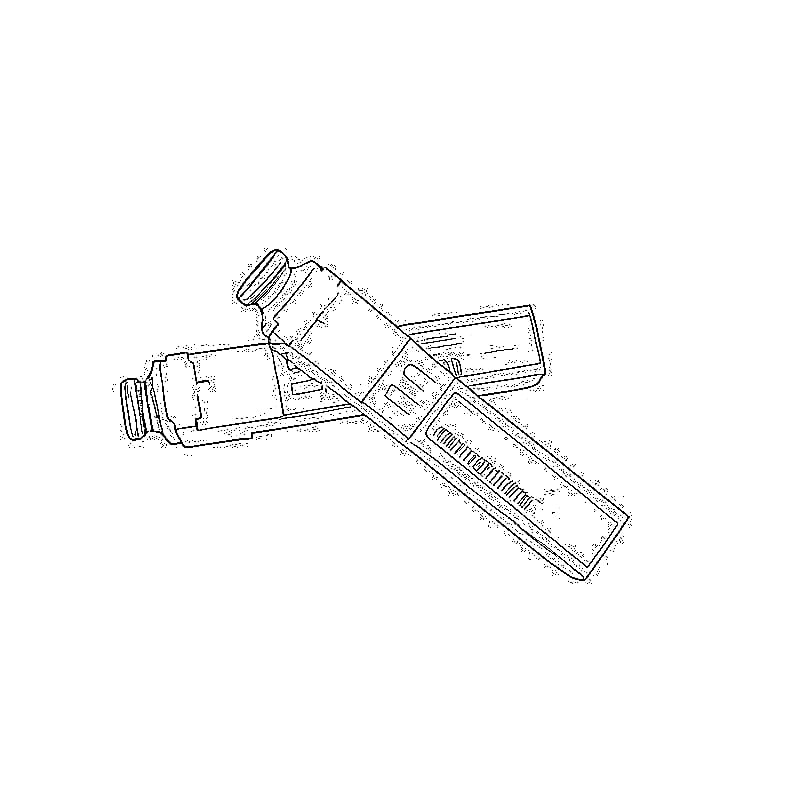
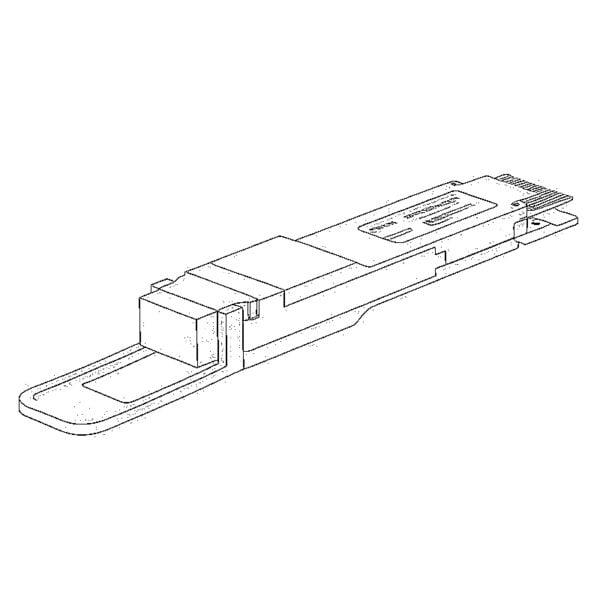
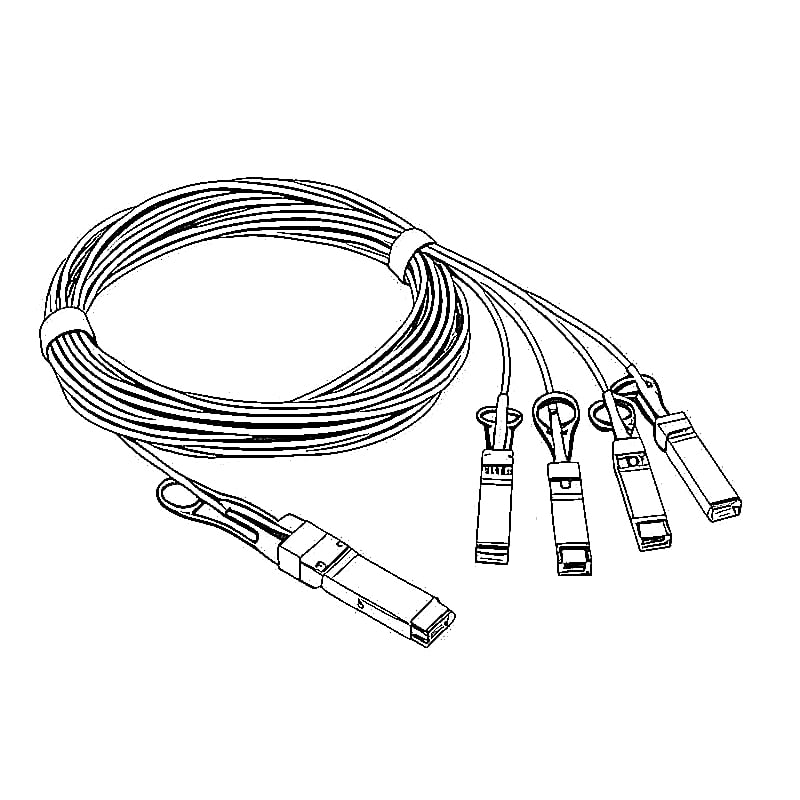
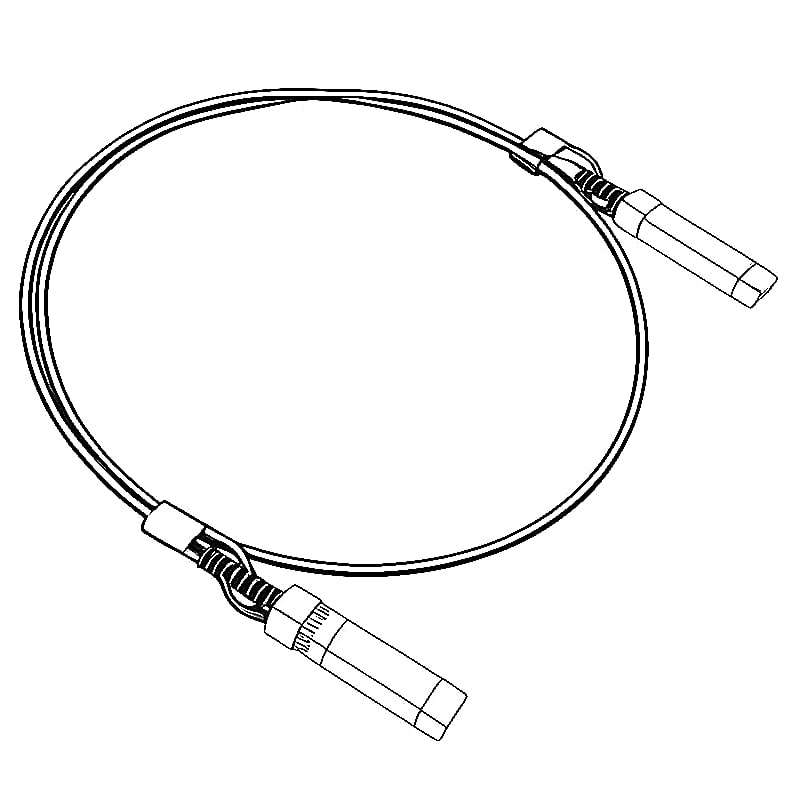
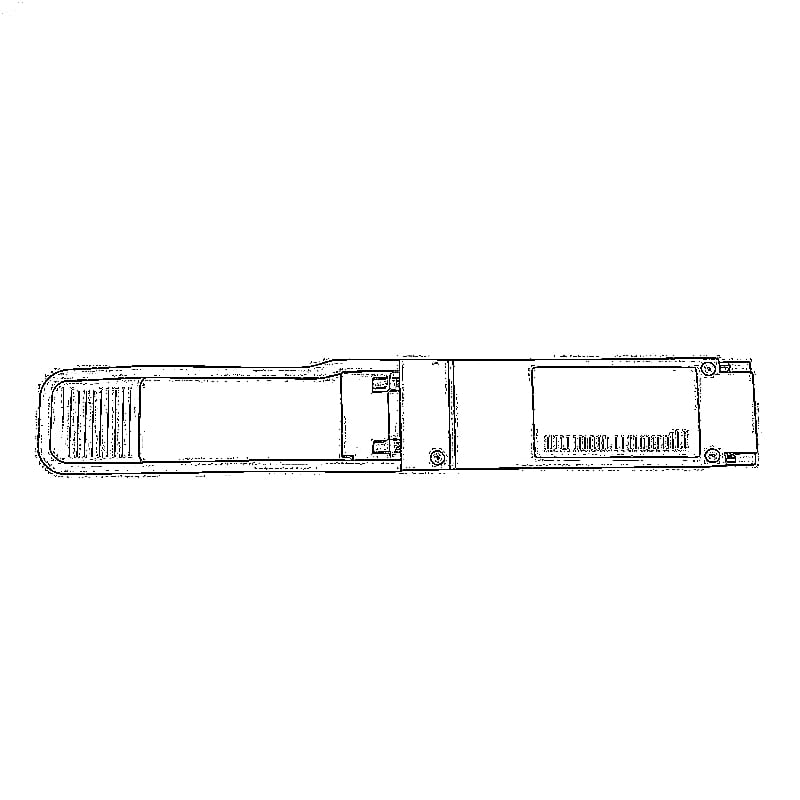
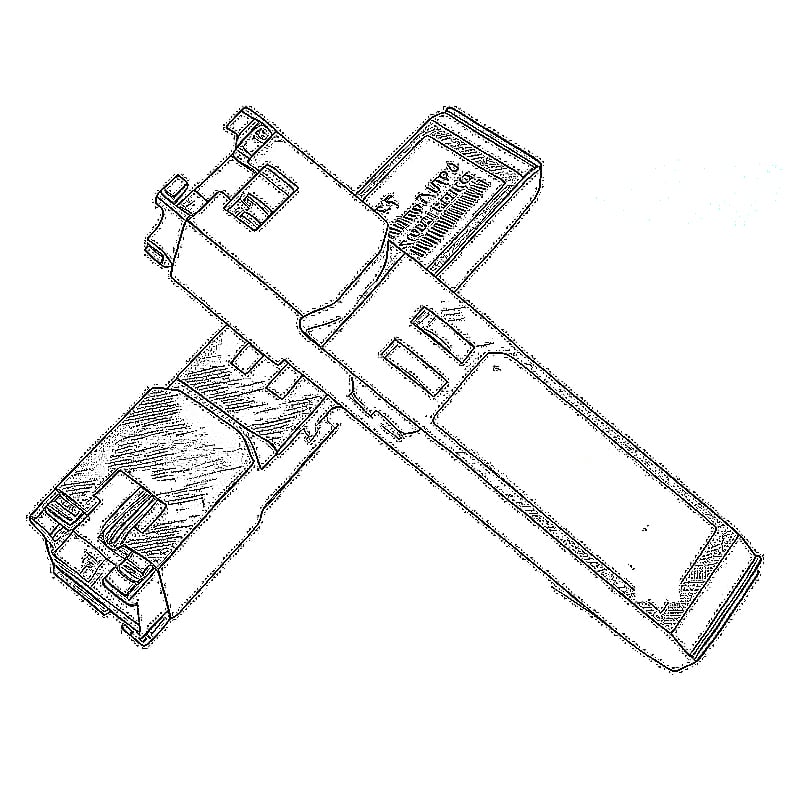
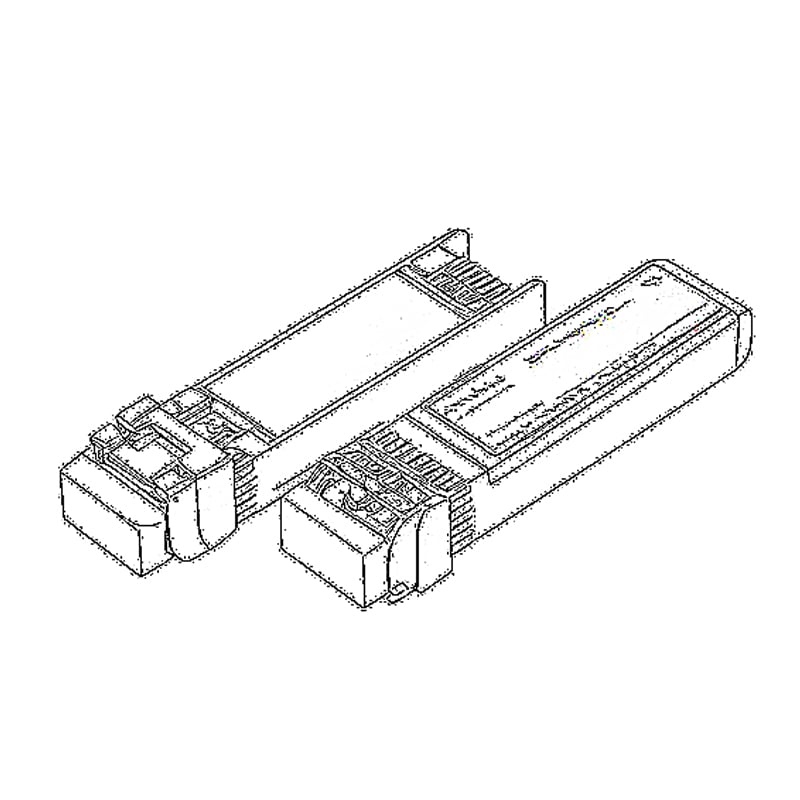

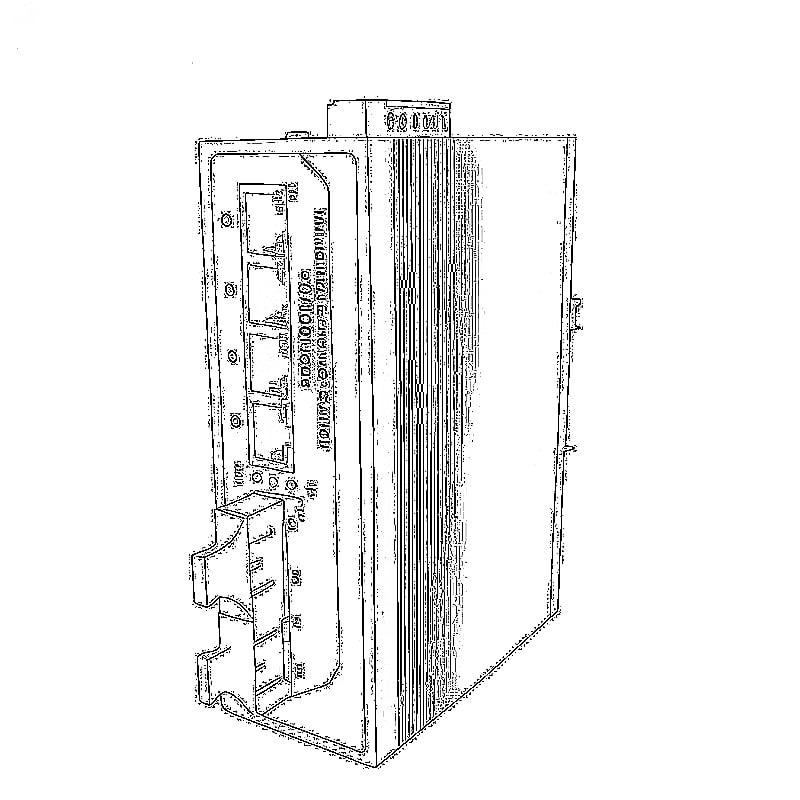
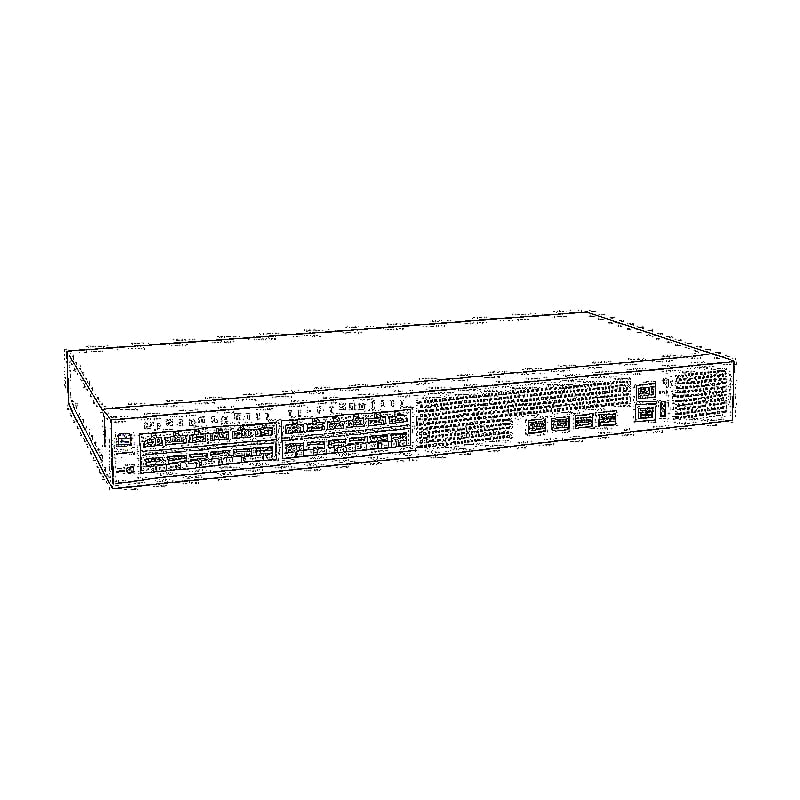
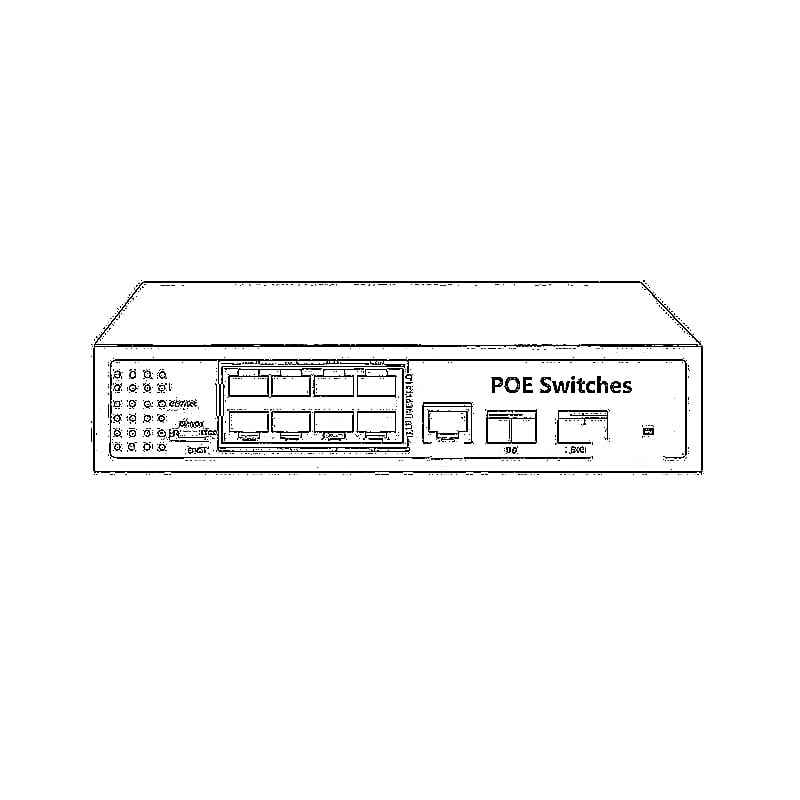
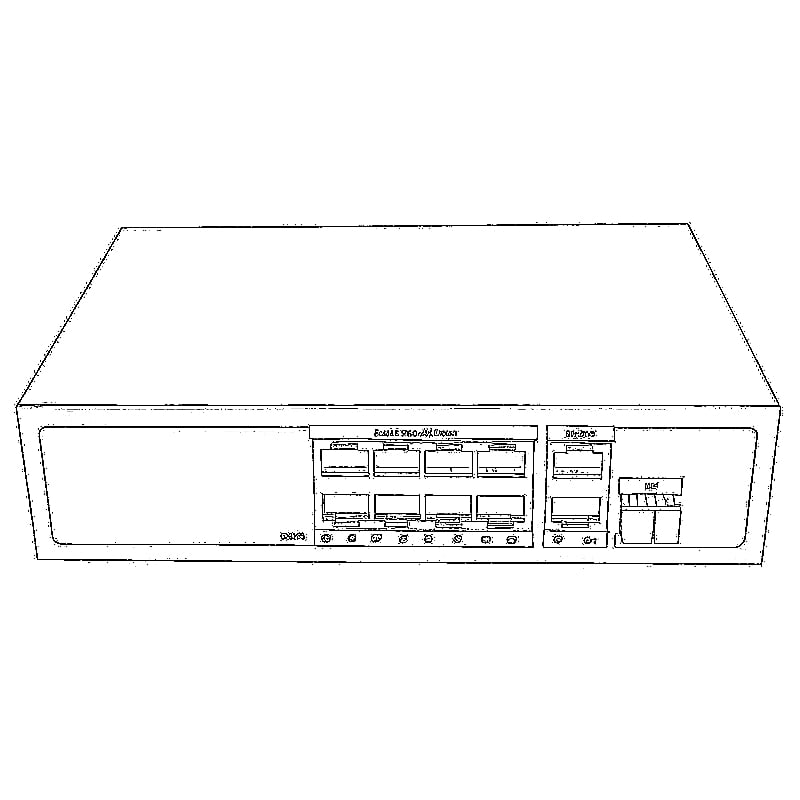
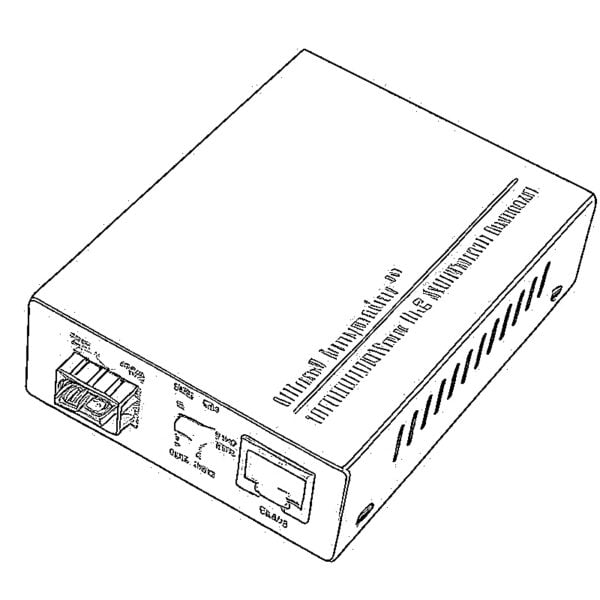
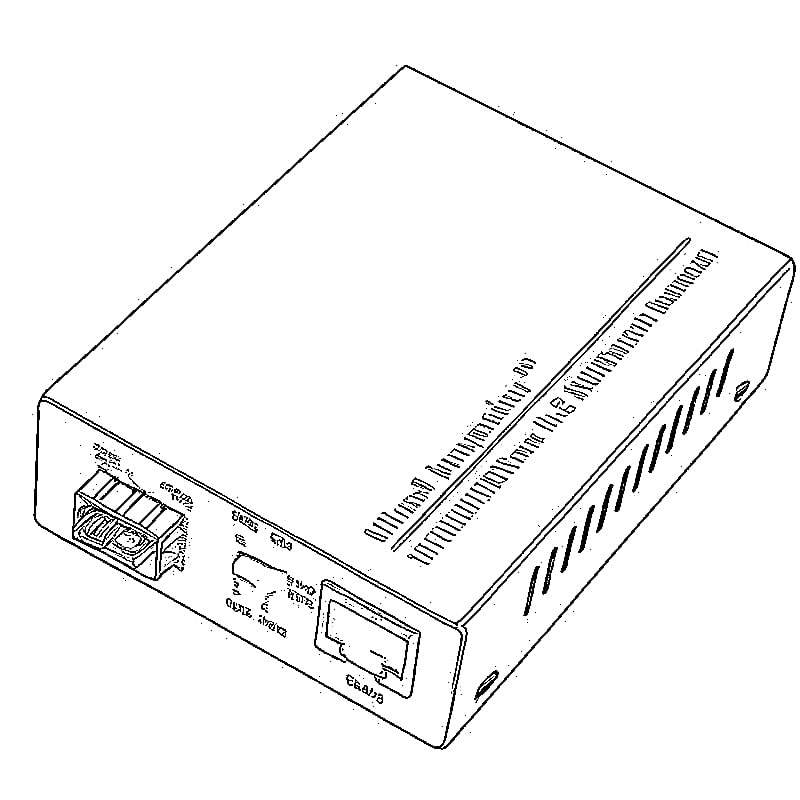
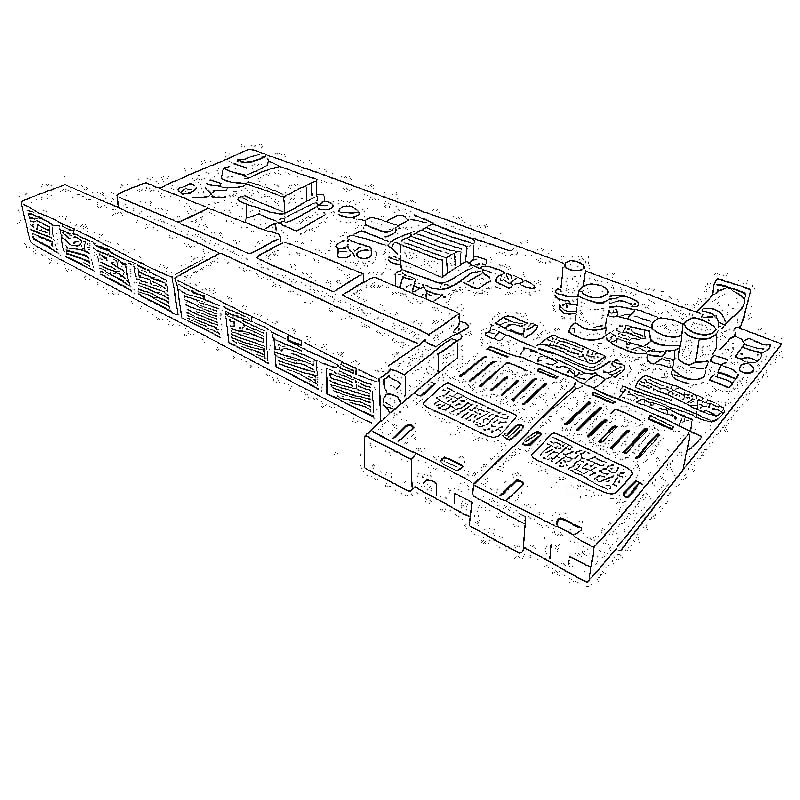
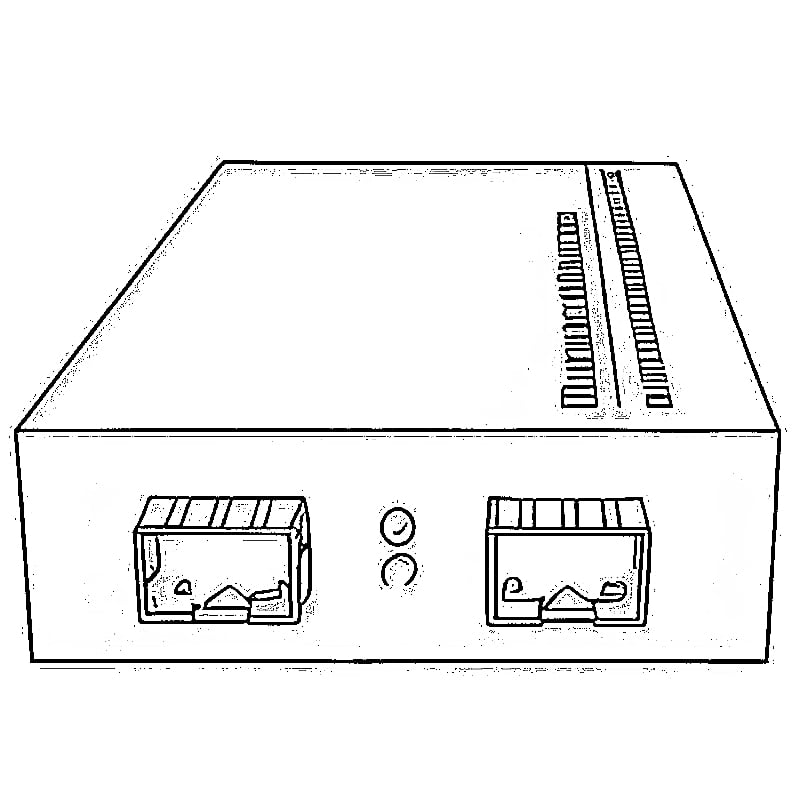
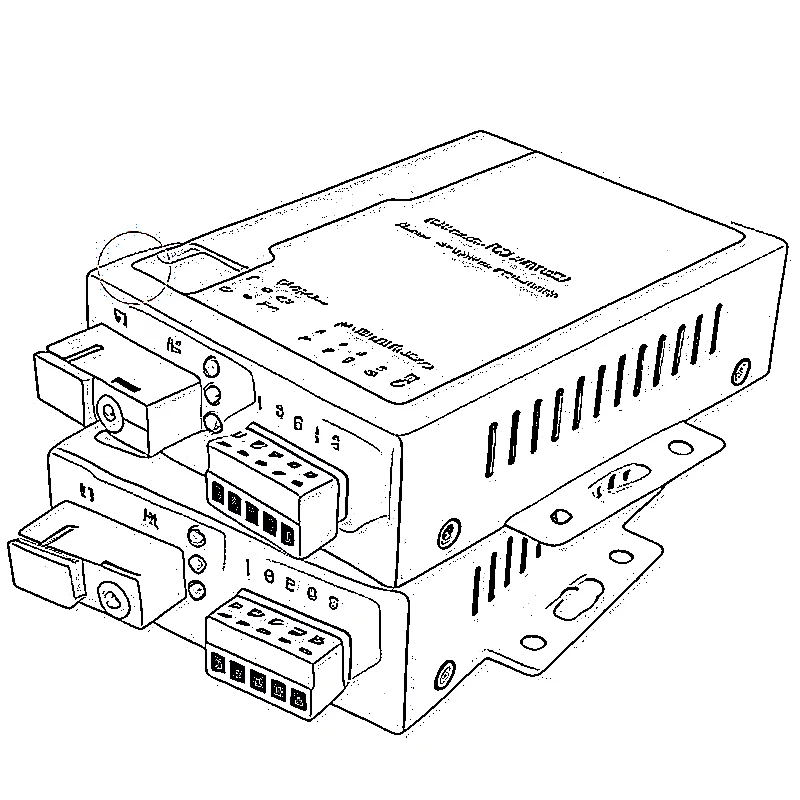
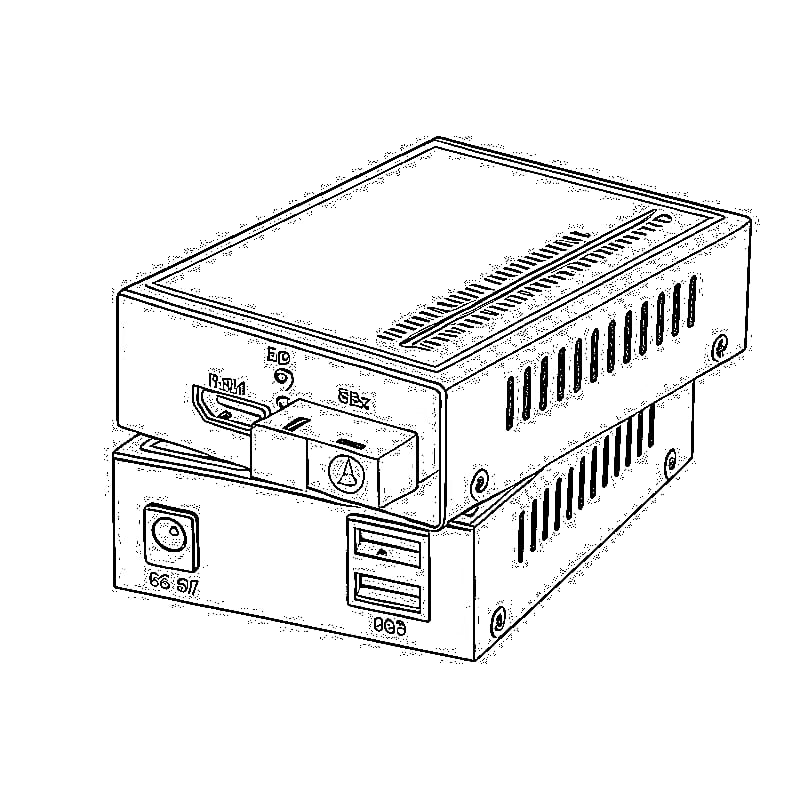
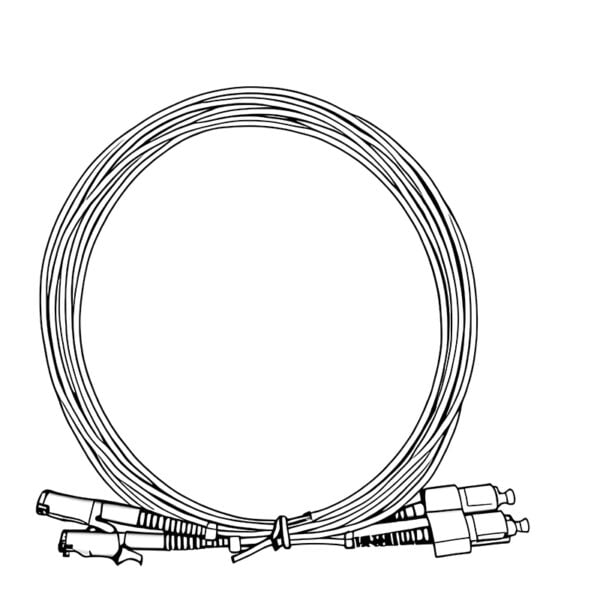
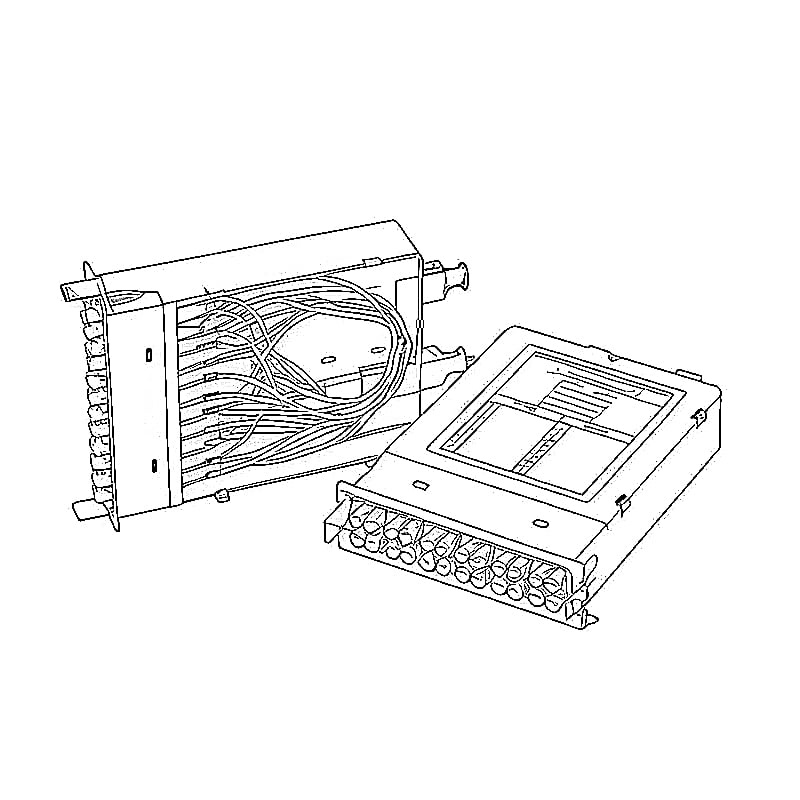
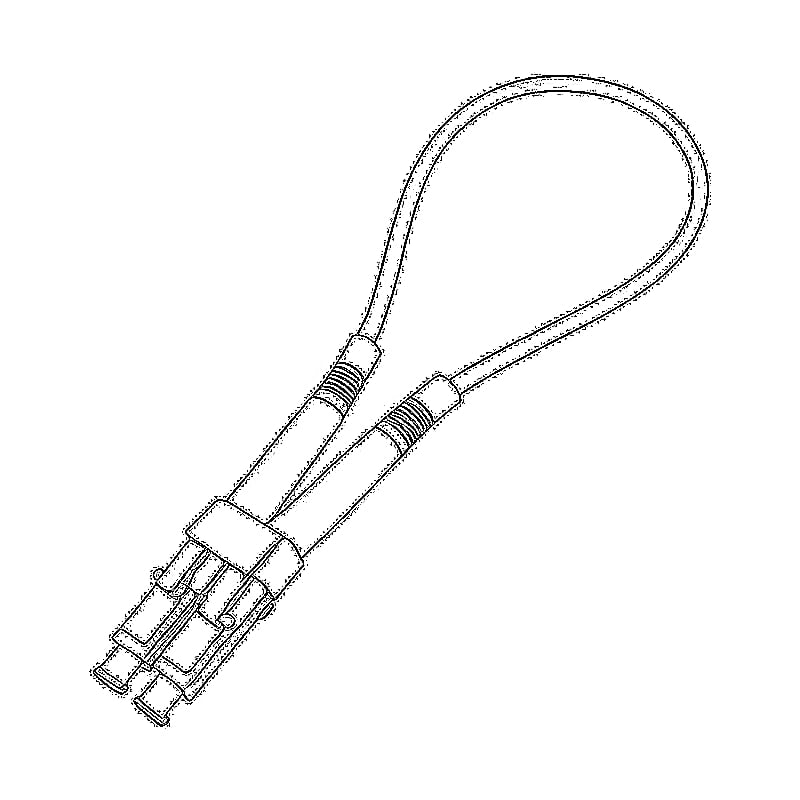
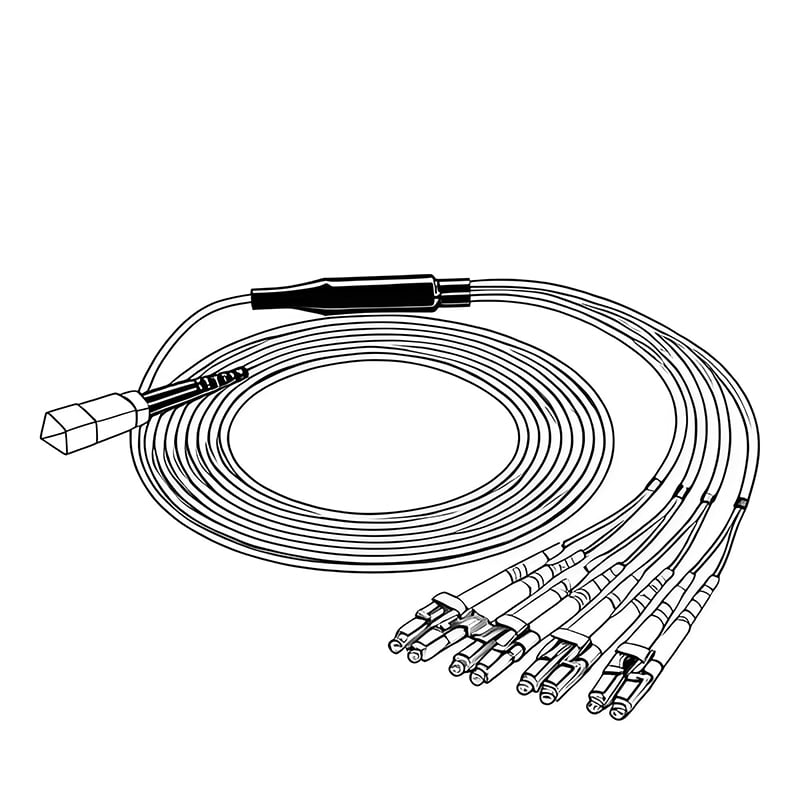
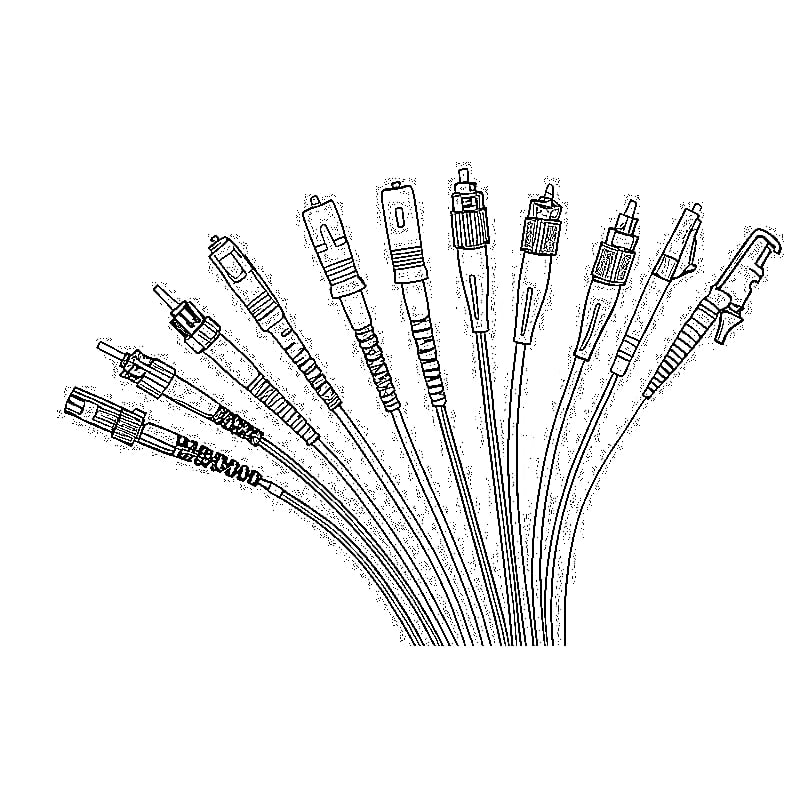
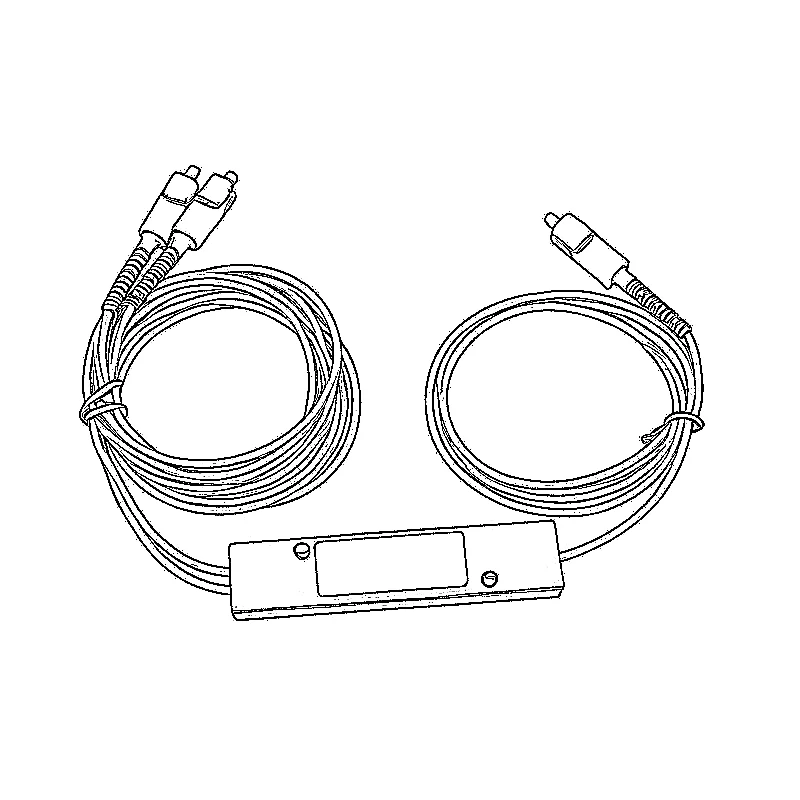
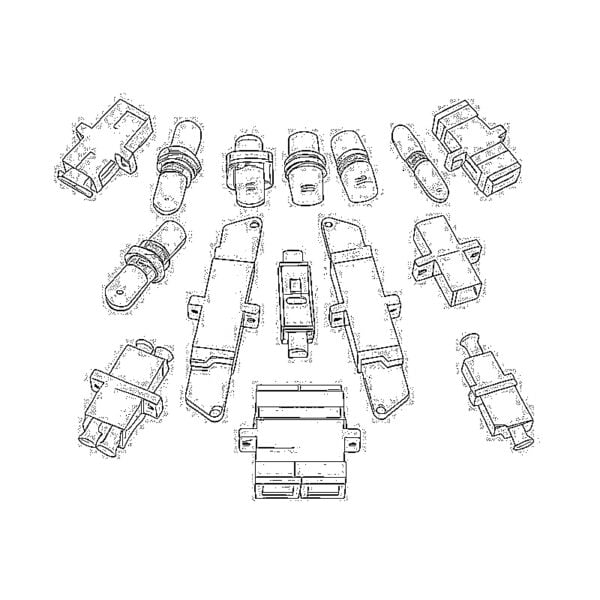
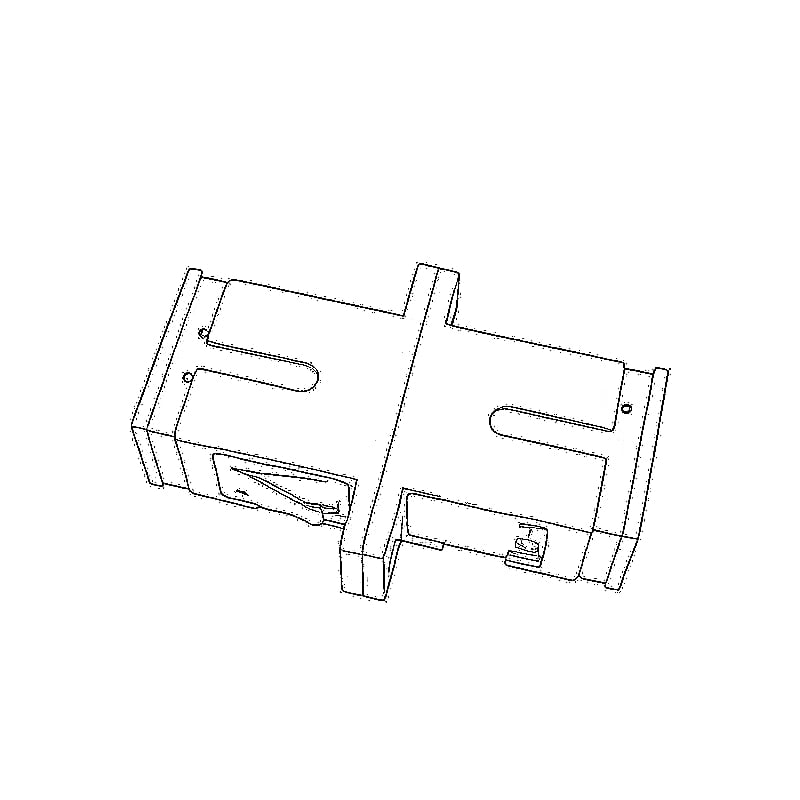
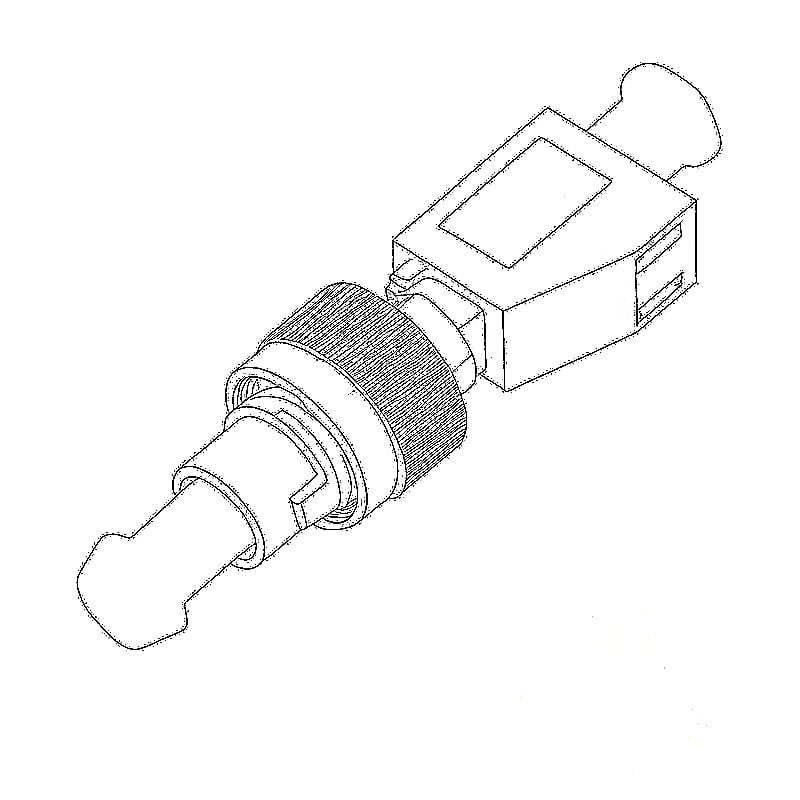
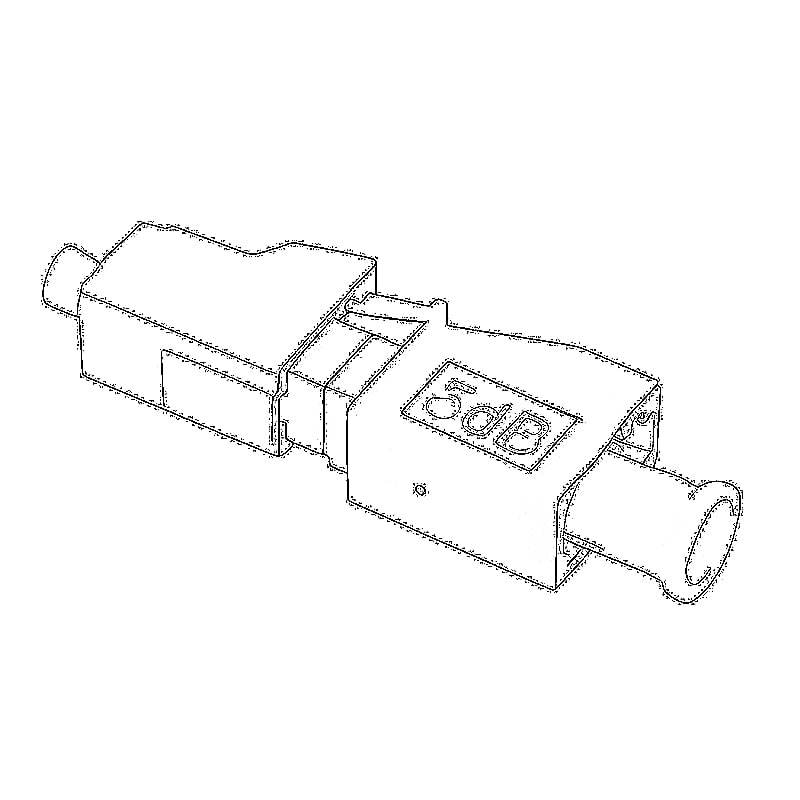
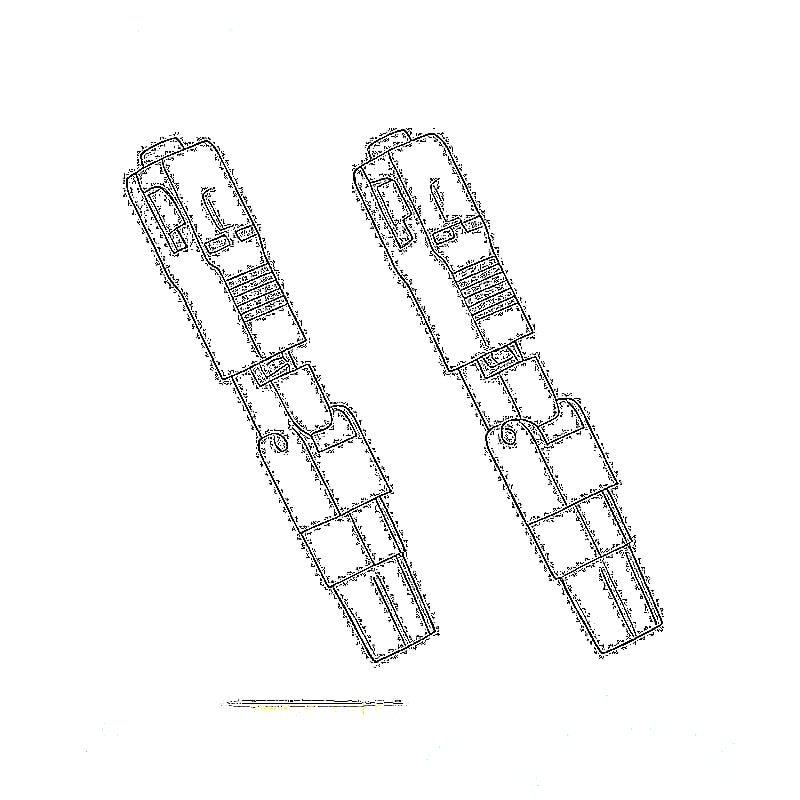
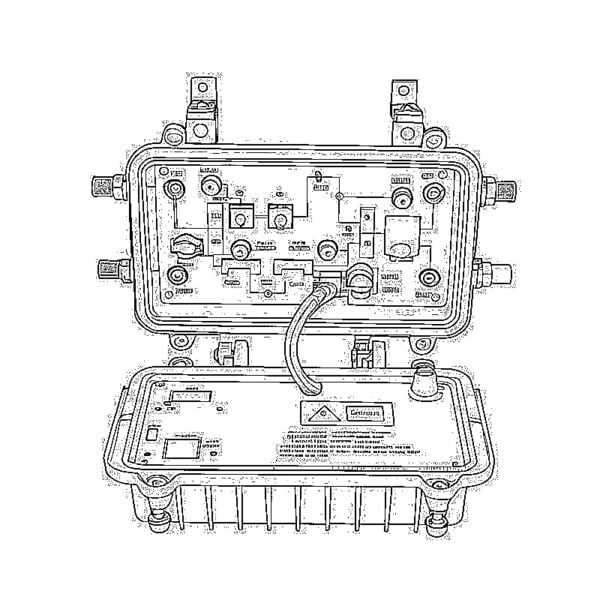
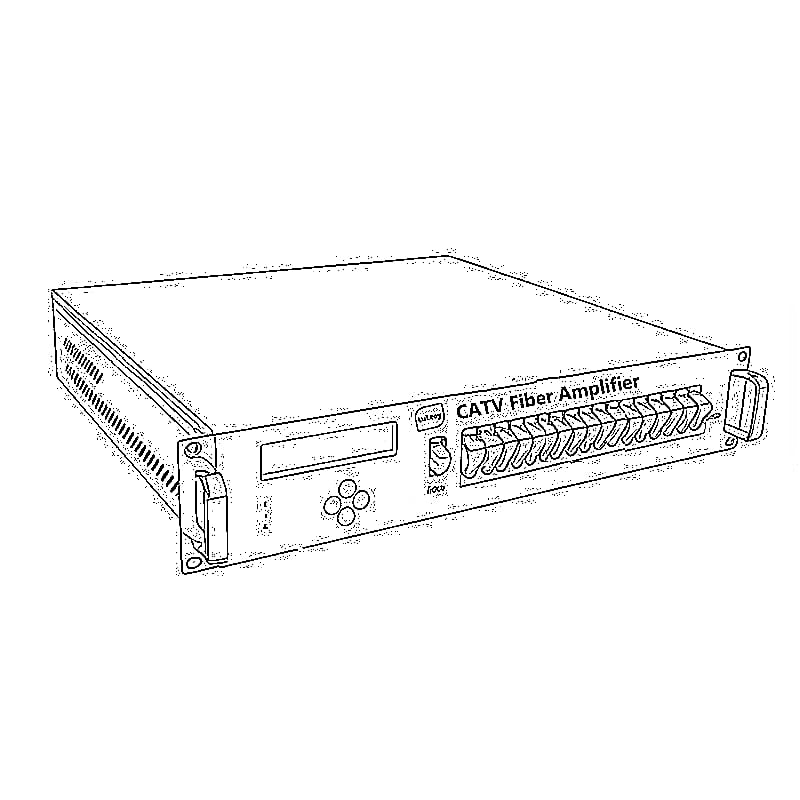
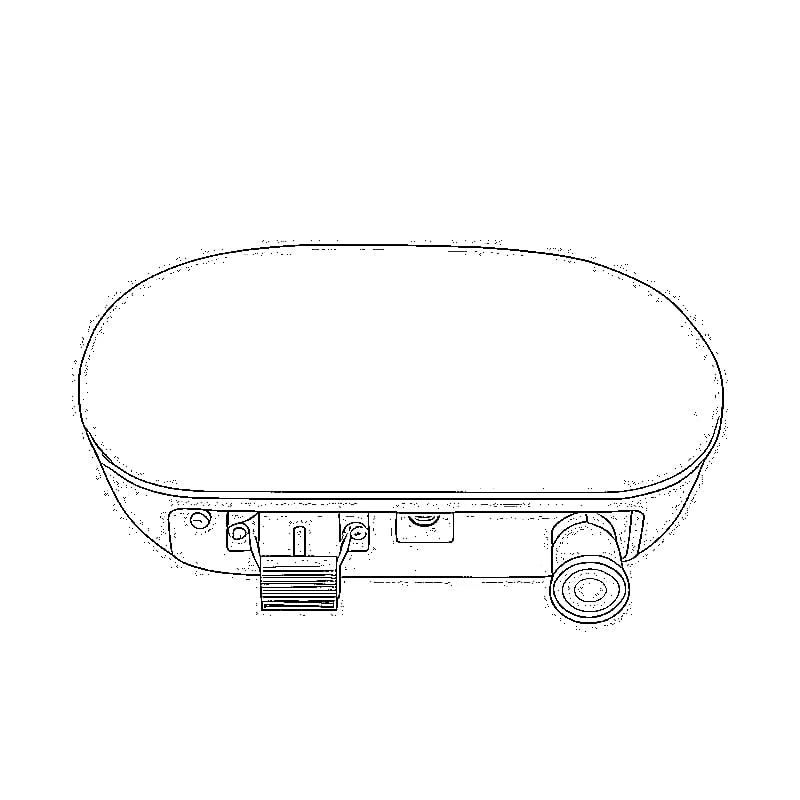
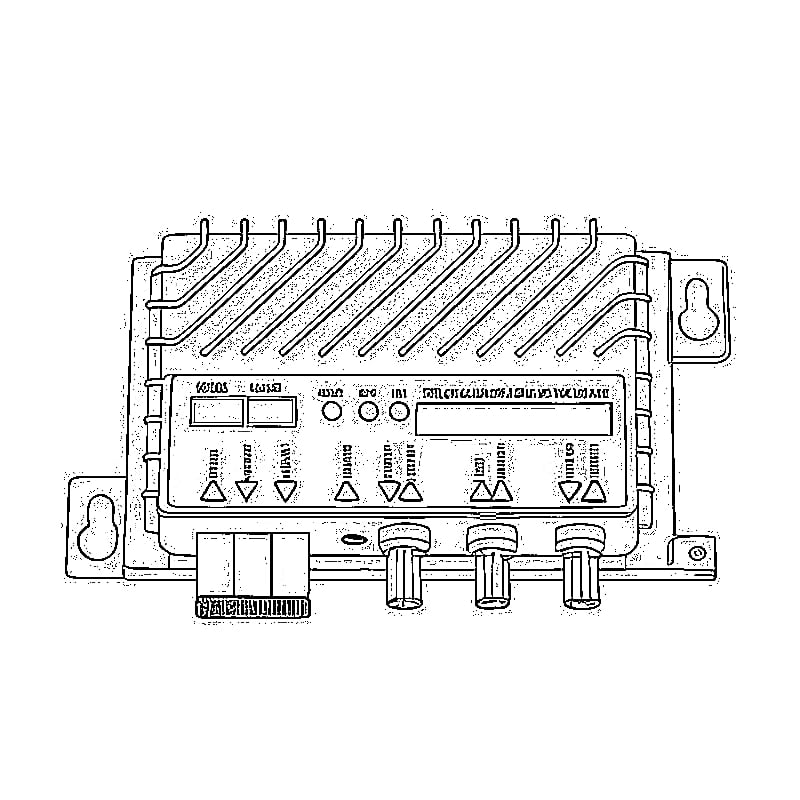

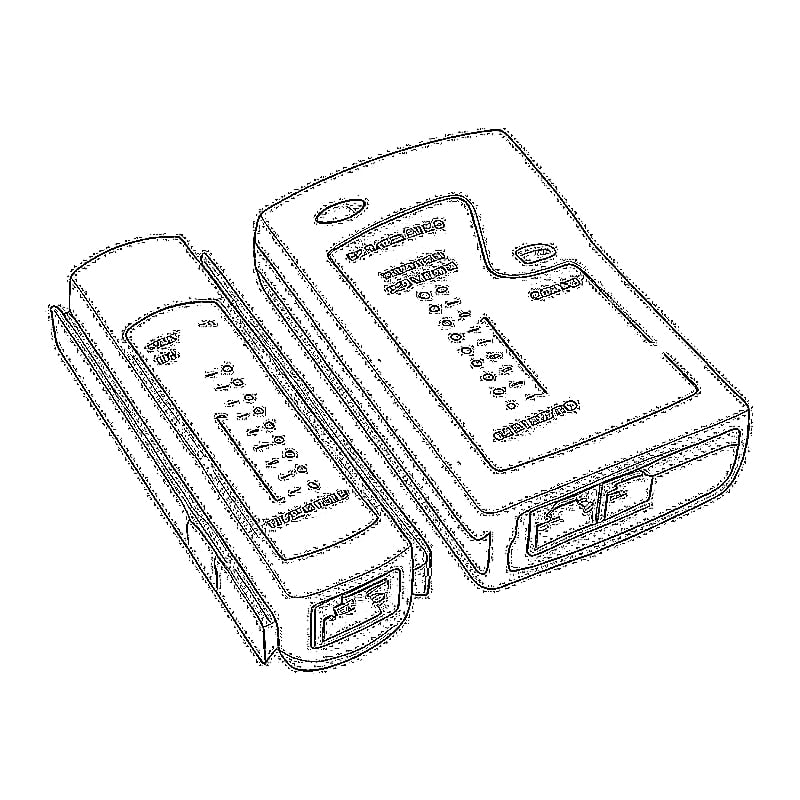
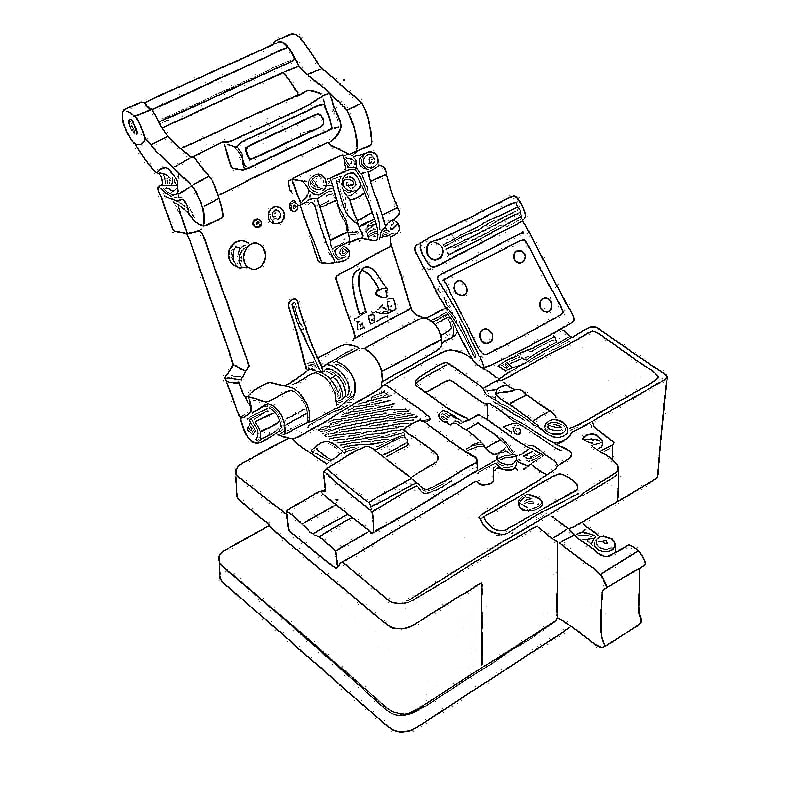
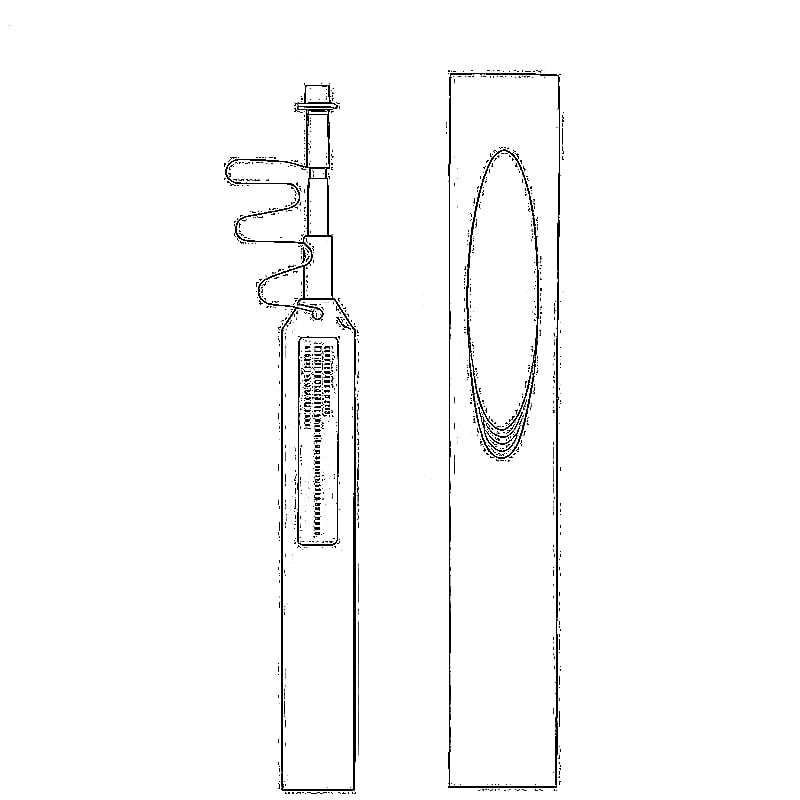
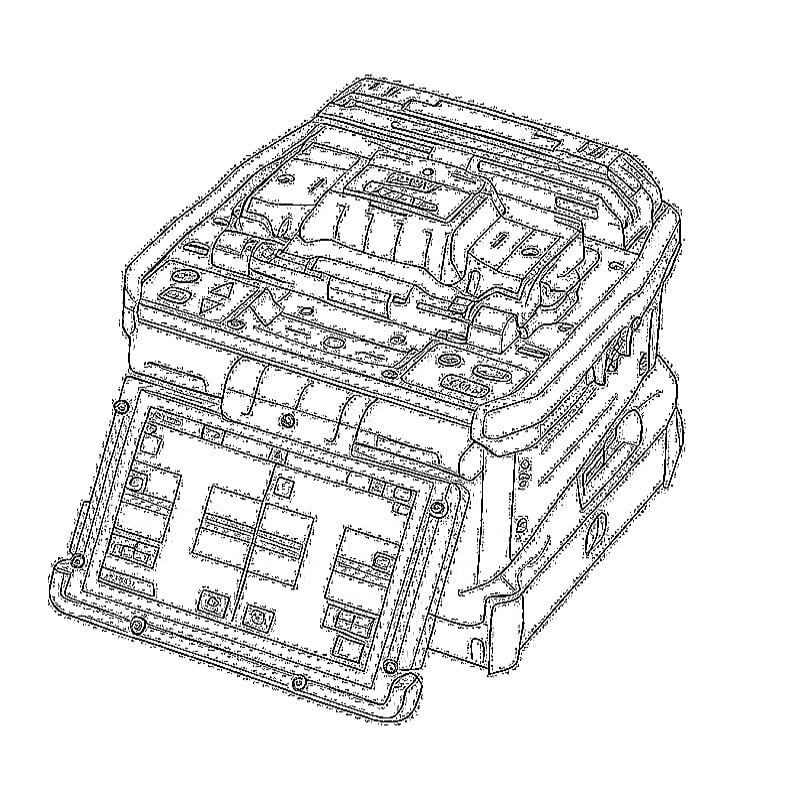
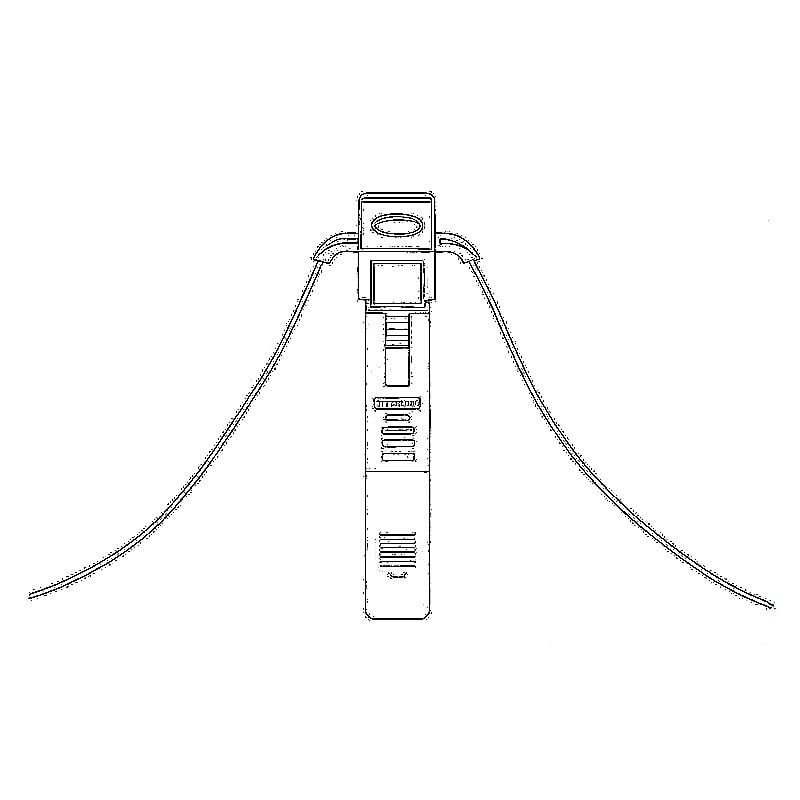
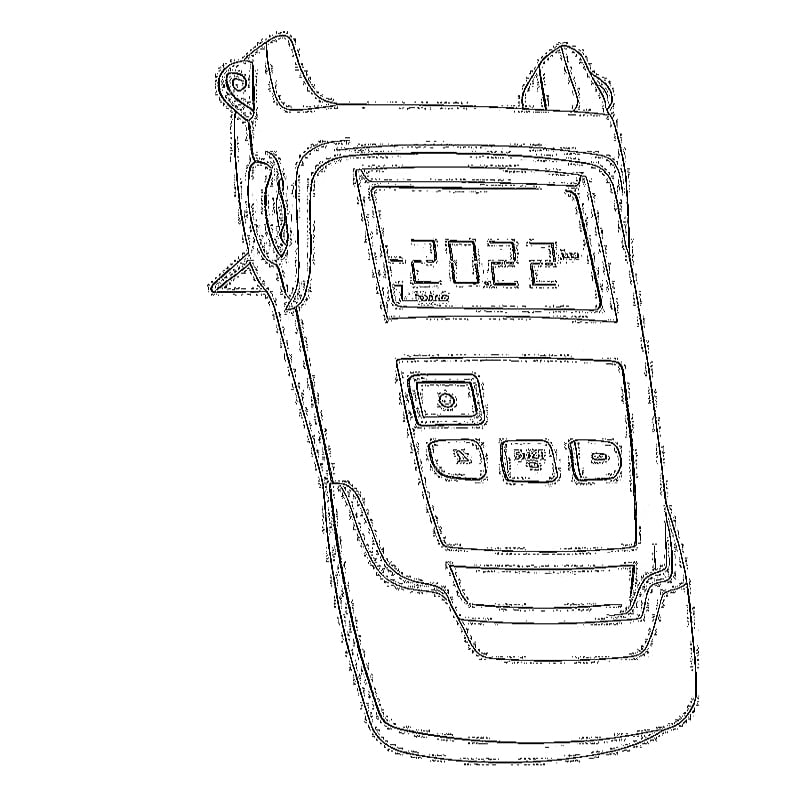

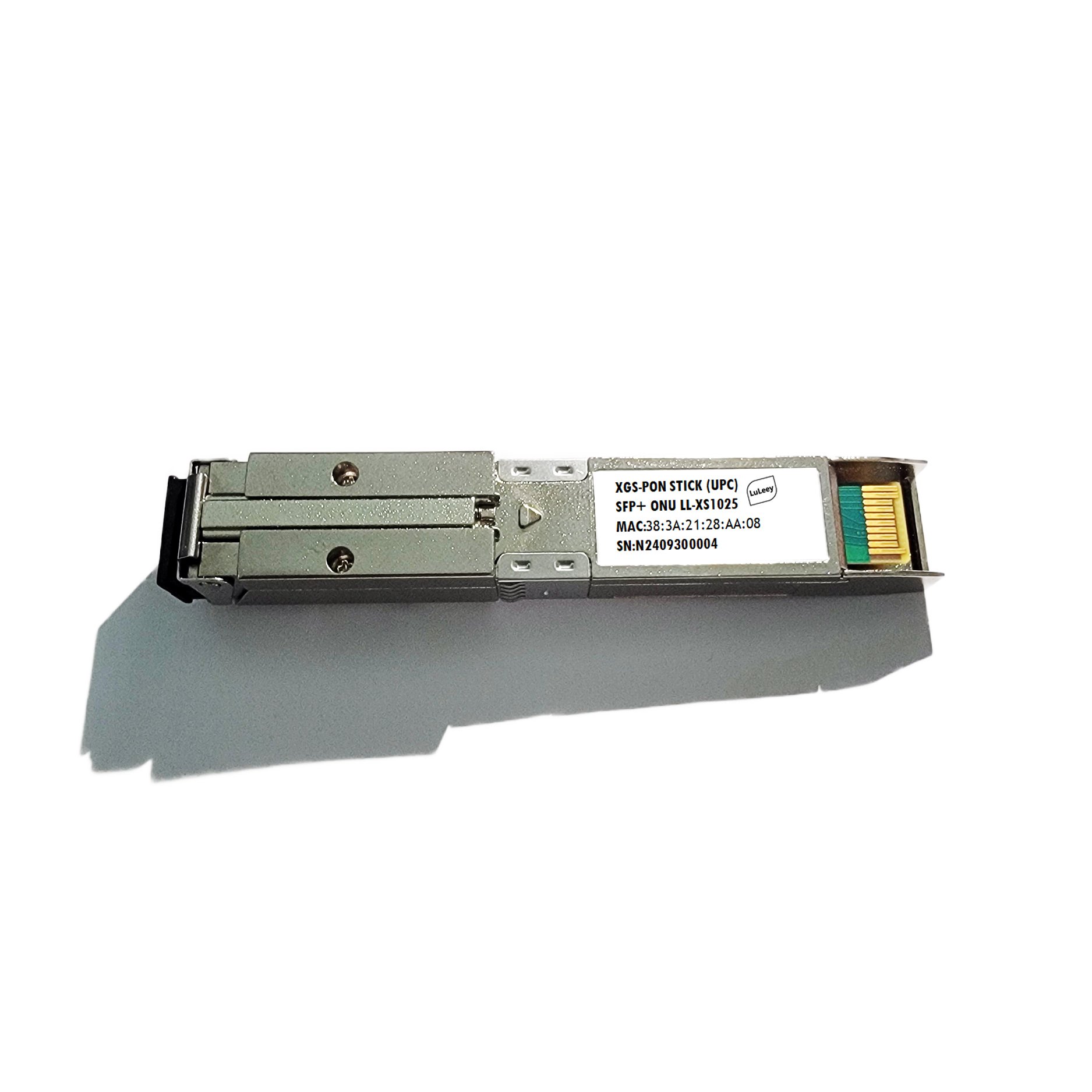
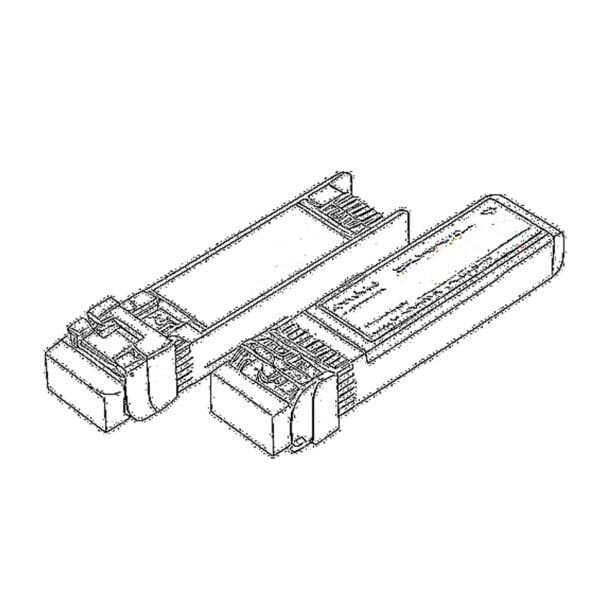 SFP/SFP+ (1G/2.5G/5G/10G)
SFP/SFP+ (1G/2.5G/5G/10G)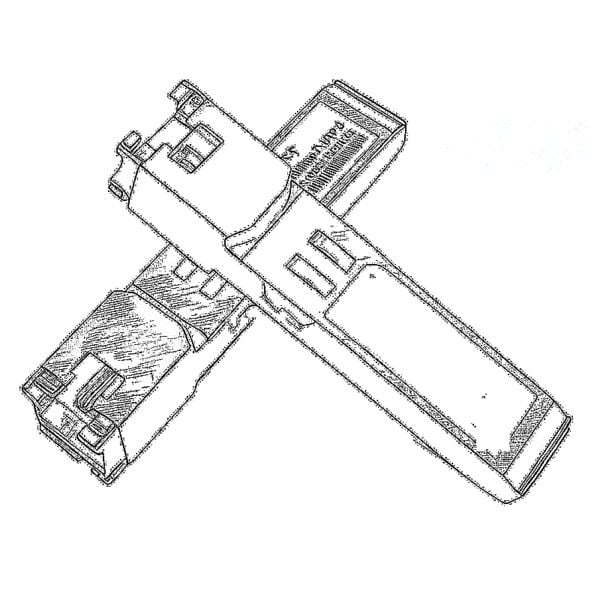 SFP-T (1G/2.5G/10G)
SFP-T (1G/2.5G/10G)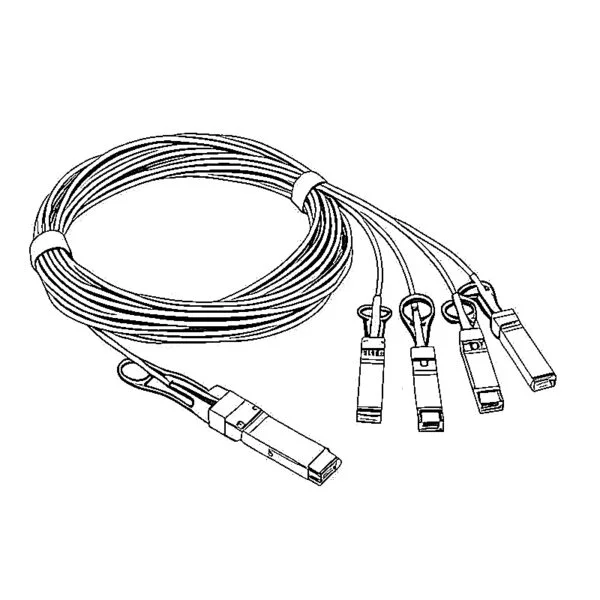 AOC Cable 10G/25G/40G/100G
AOC Cable 10G/25G/40G/100G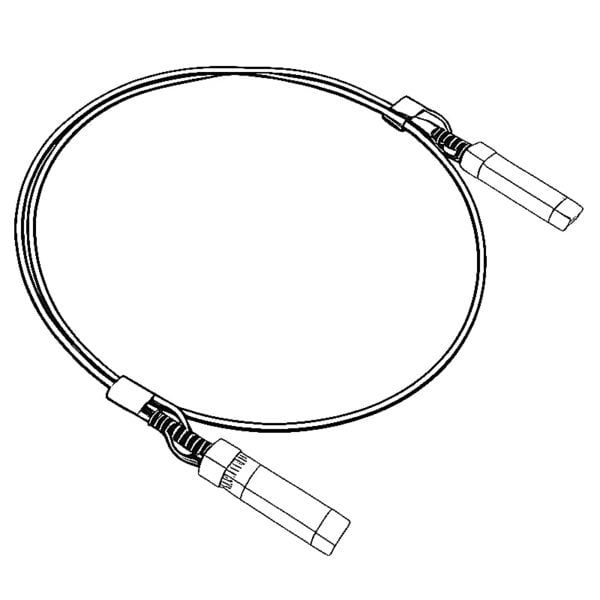 DAC Cable 10G/25G/40G/100G
DAC Cable 10G/25G/40G/100G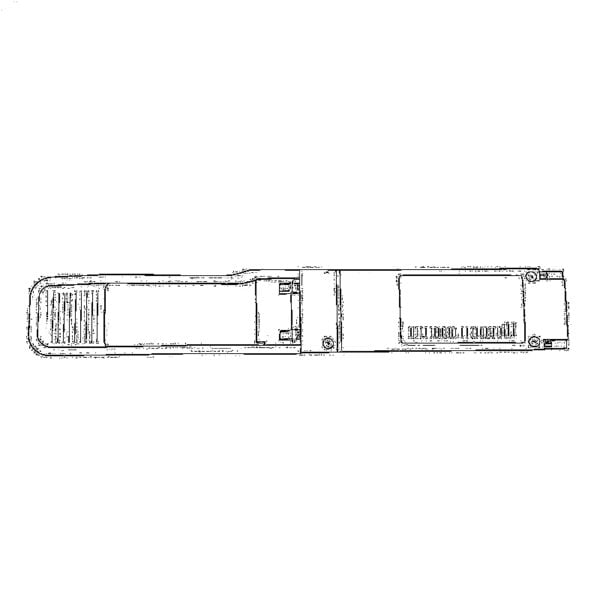 QSFP28 QSFP+ SFP28 100G/40G/25G
QSFP28 QSFP+ SFP28 100G/40G/25G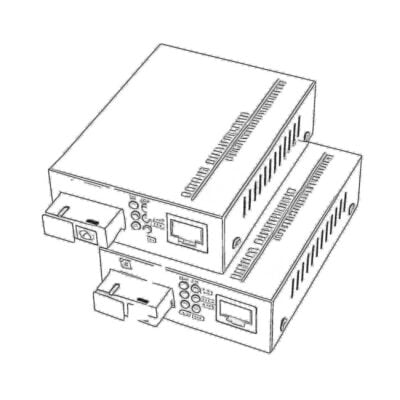 Copper to Fiber Media Converters
Copper to Fiber Media Converters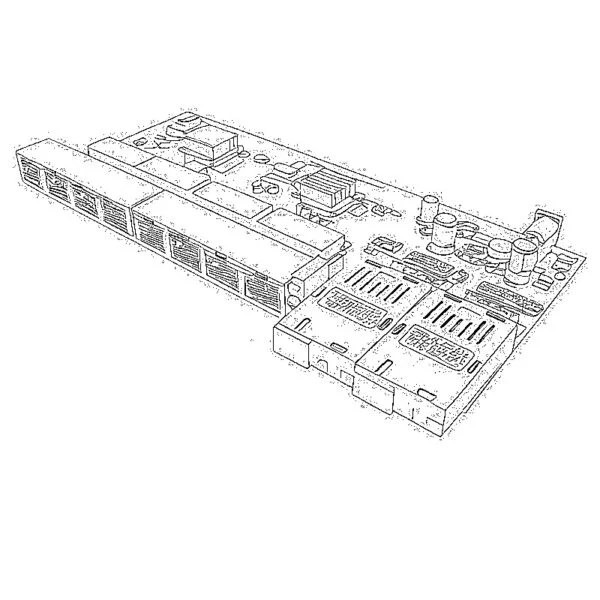 Fiber Media Converter PCBA Board
Fiber Media Converter PCBA Board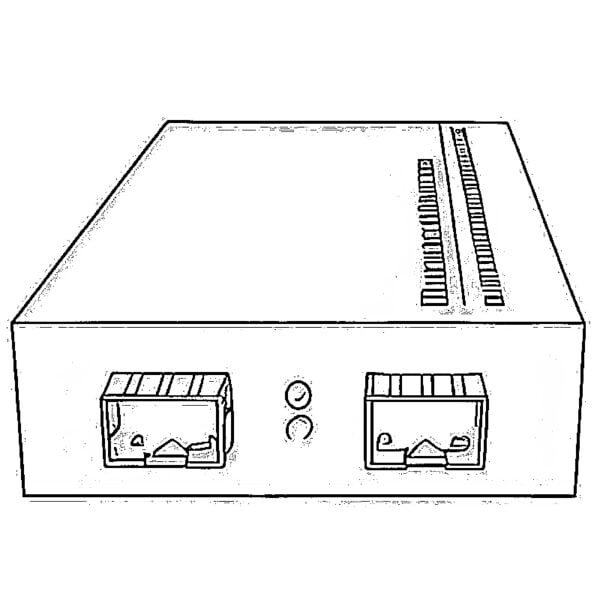 OEO Fiber Media Converters
OEO Fiber Media Converters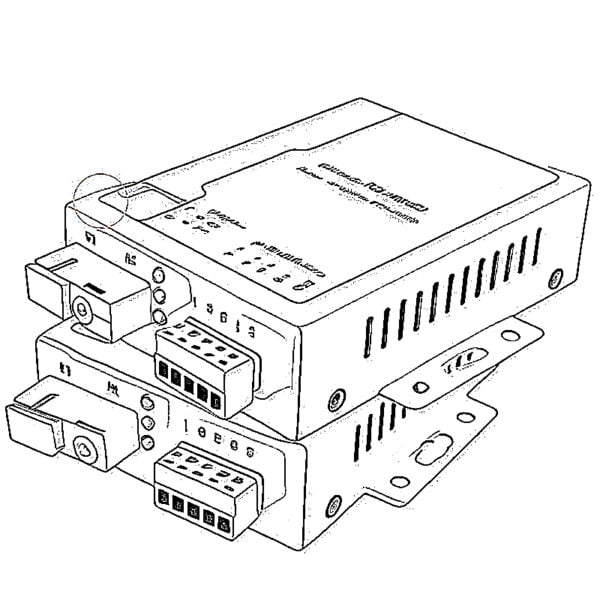 Serial to Fiber Media Converters
Serial to Fiber Media Converters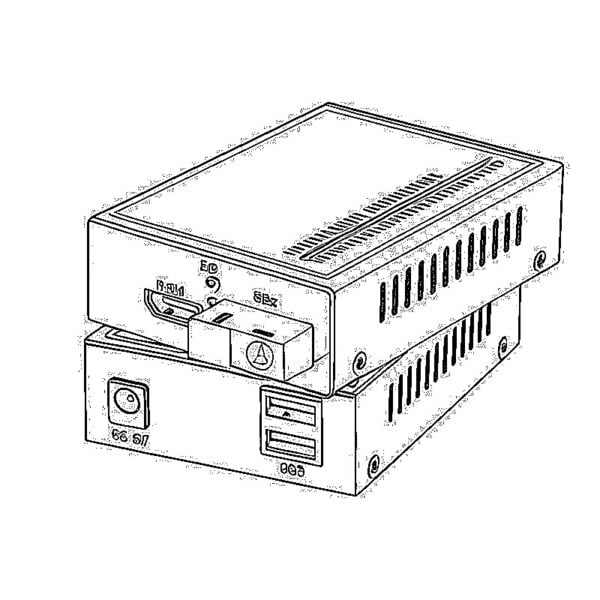 Video to Fiber Media Converters
Video to Fiber Media Converters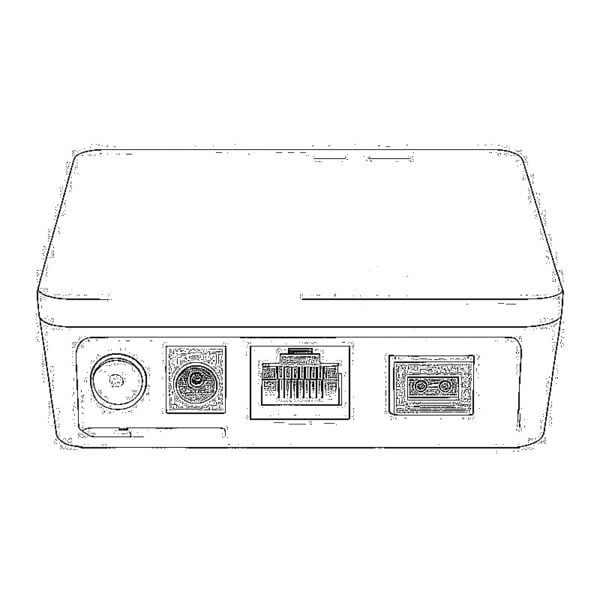 1000M GPON/EPON ONU
1000M GPON/EPON ONU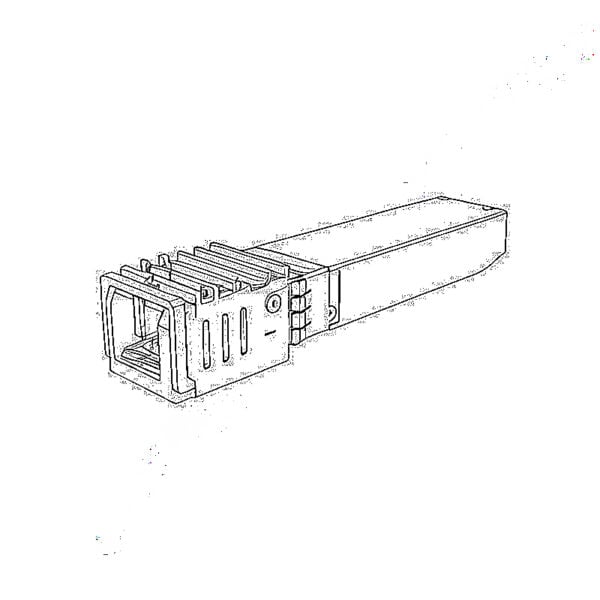 10G EPON ONU/XG-PON/XGS-PON
10G EPON ONU/XG-PON/XGS-PON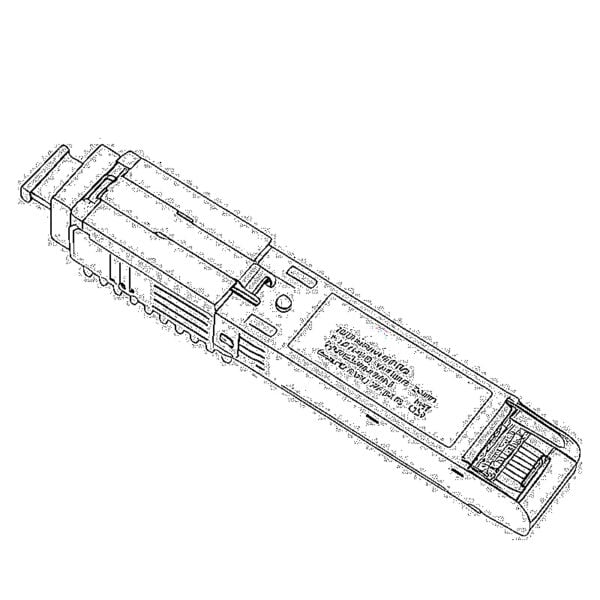 2.5G GPON/XPON STICK SFP ONU
2.5G GPON/XPON STICK SFP ONU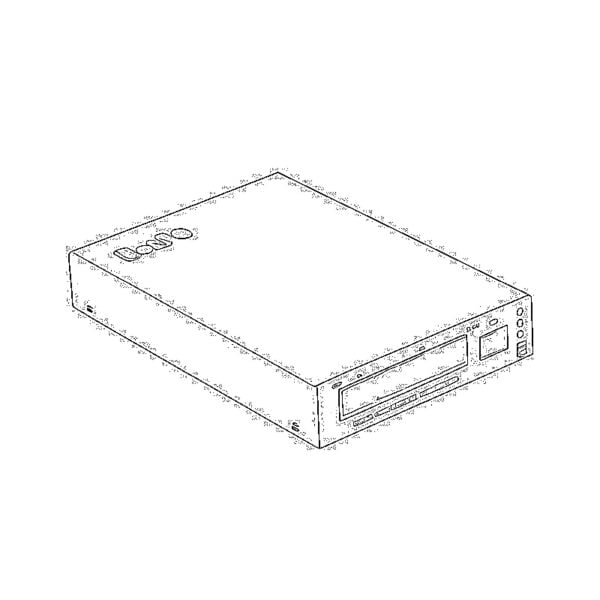 POE GPON/EPON ONU
POE GPON/EPON ONU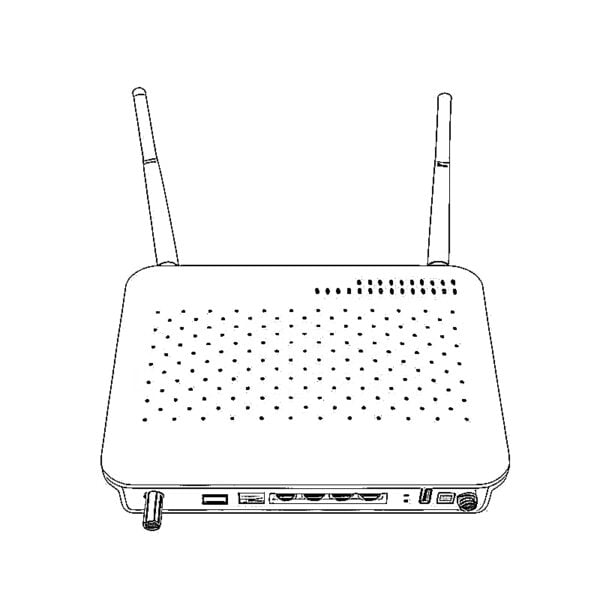 Wireless GPON/EPON ONT
Wireless GPON/EPON ONT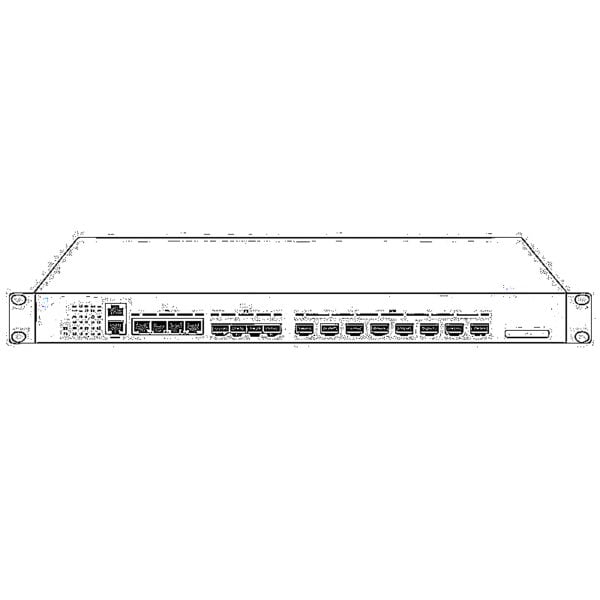 EPON OLT
EPON OLT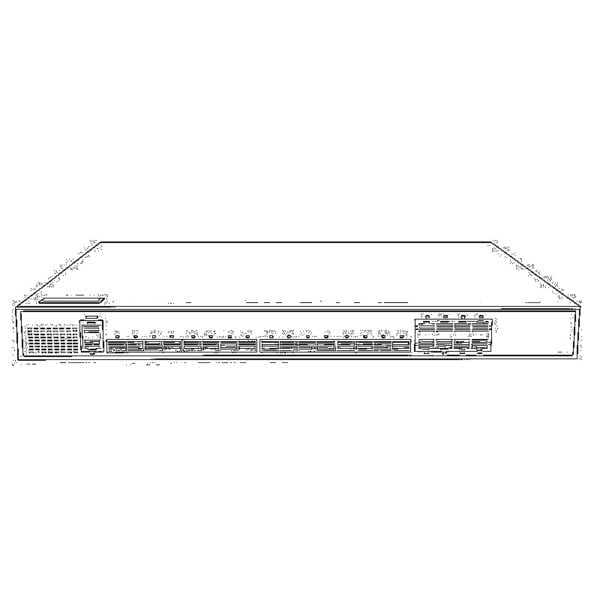 GPON OLT
GPON OLT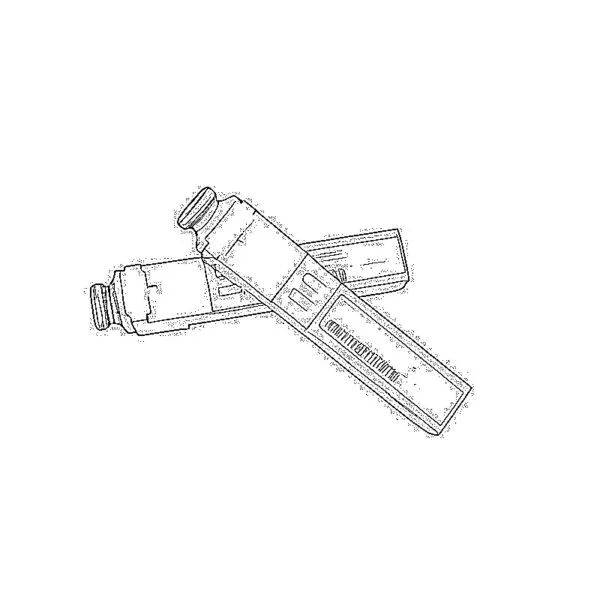 SFP PON Module
SFP PON Module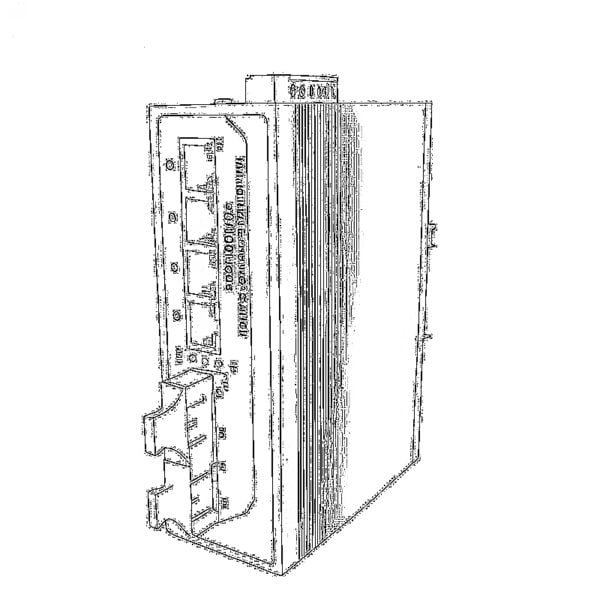 Industrial Switches
Industrial Switches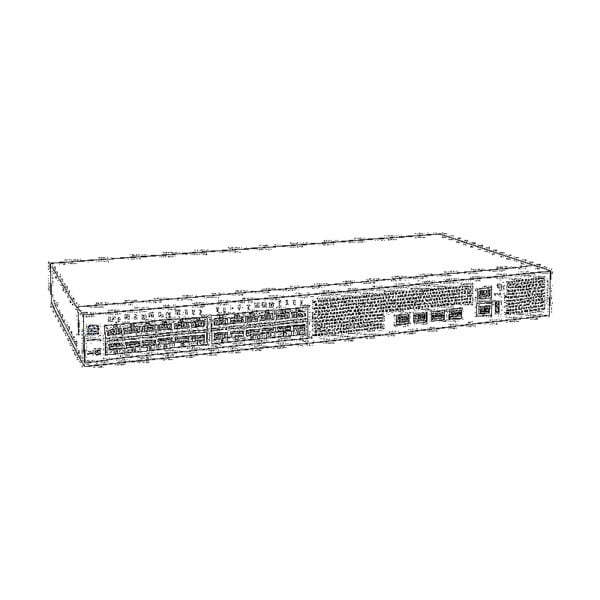 Managed Switches
Managed Switches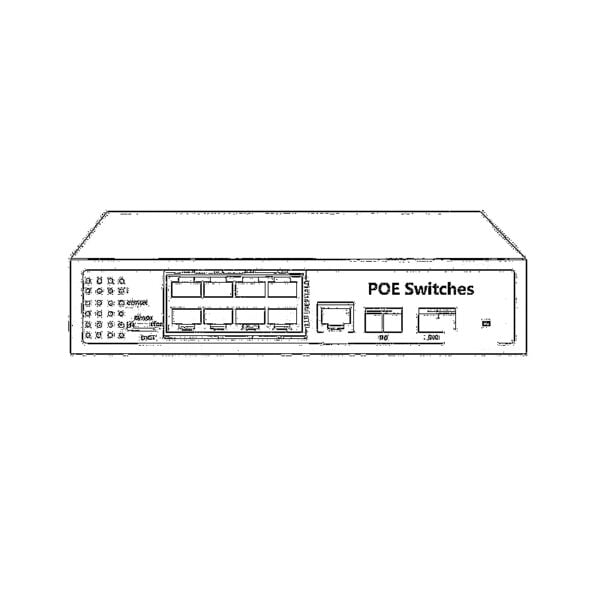 POE Switches
POE Switches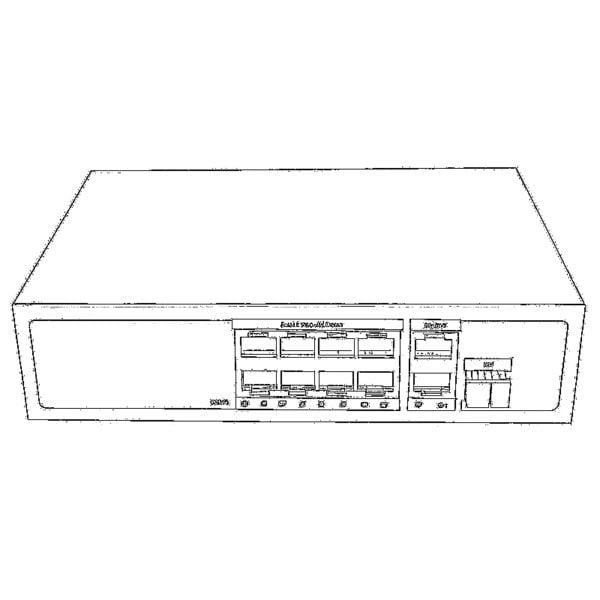 Unmanaged Switches
Unmanaged Switches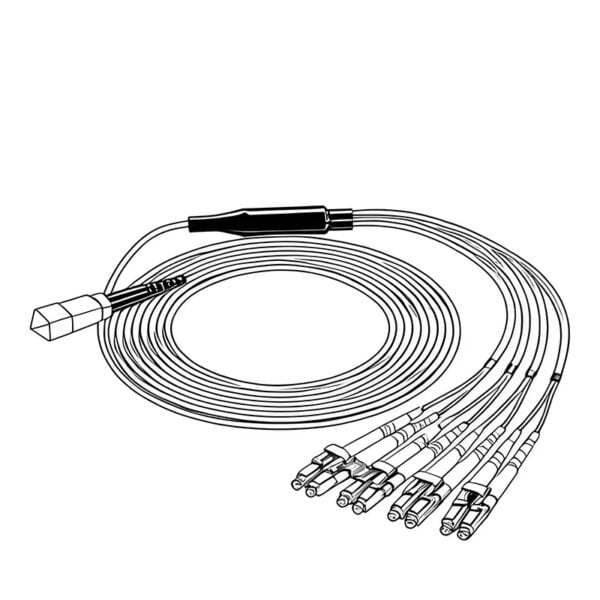 MTP/MPO Fiber Cables
MTP/MPO Fiber Cables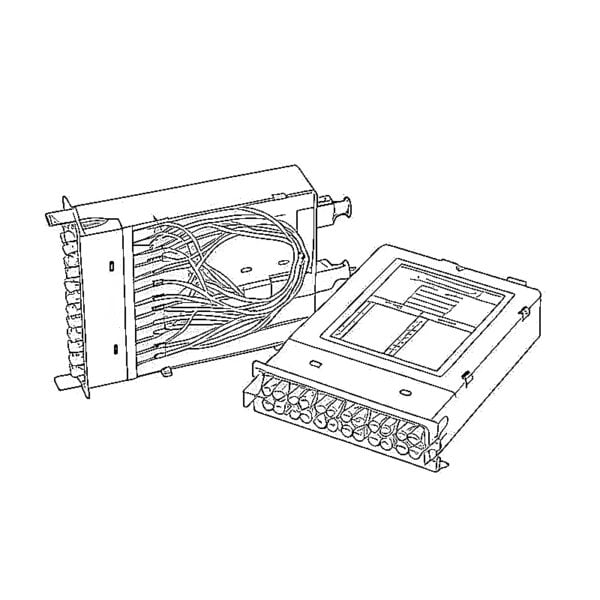 Fiber Optic Cassettes
Fiber Optic Cassettes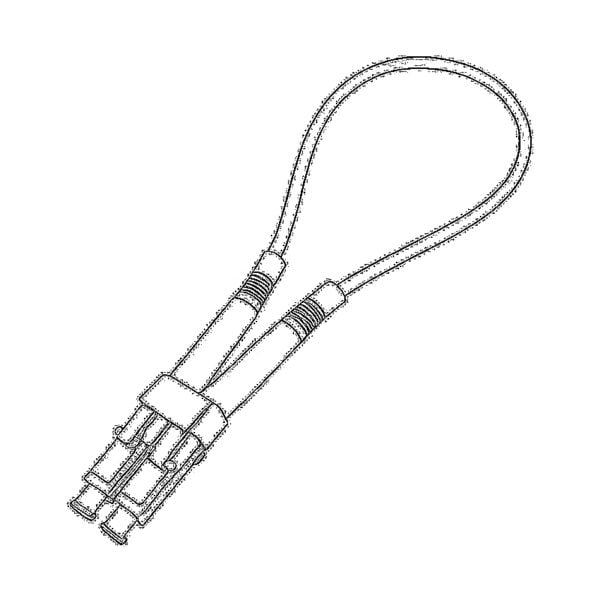 Fiber Optic Loopback
Fiber Optic Loopback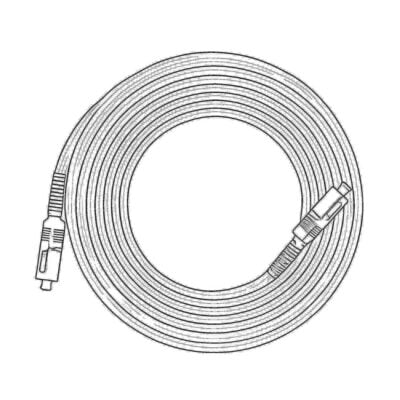 Optic Cables and Fiber Pigtails
Optic Cables and Fiber Pigtails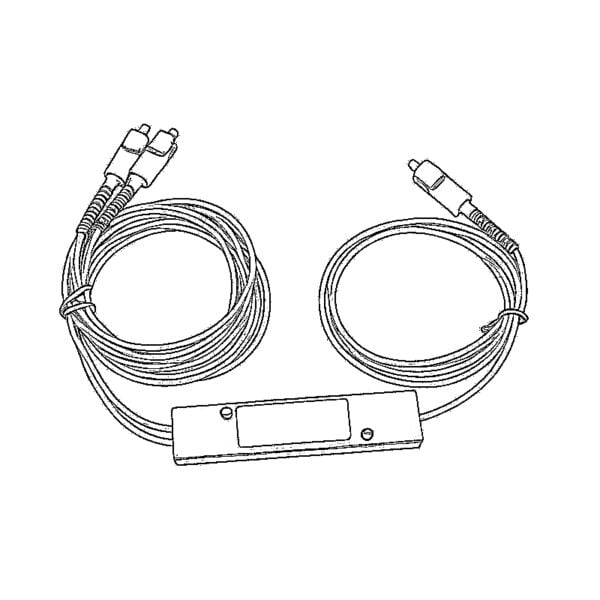 Optical Splitters and Splitter Box
Optical Splitters and Splitter Box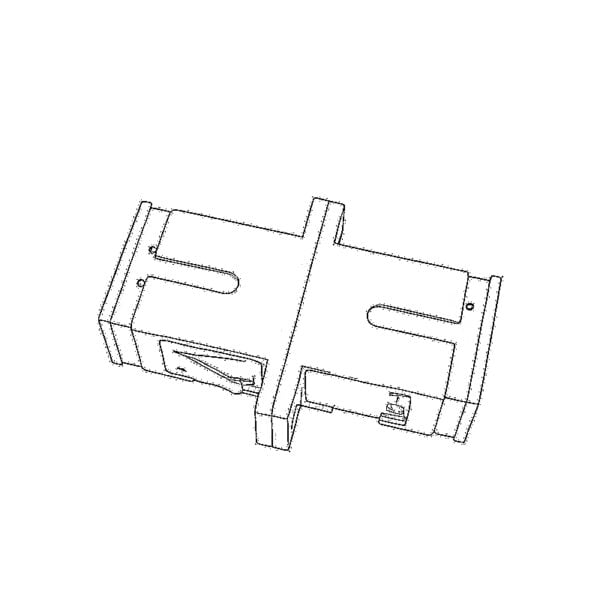 Fiber Flange Connectors
Fiber Flange Connectors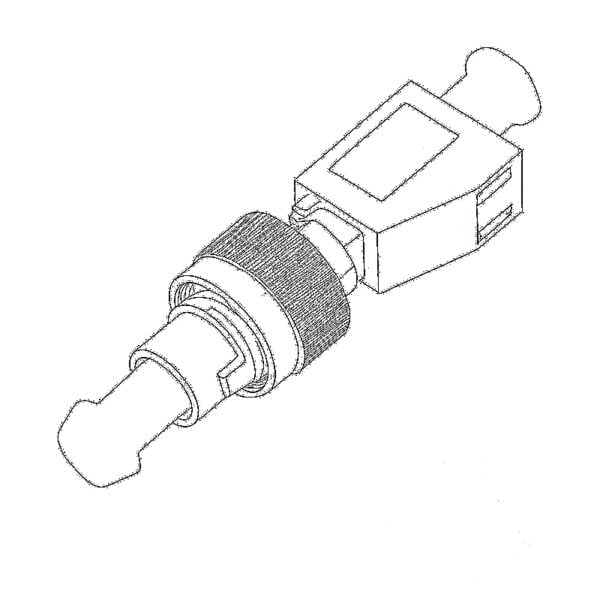 Optical Adapters
Optical Adapters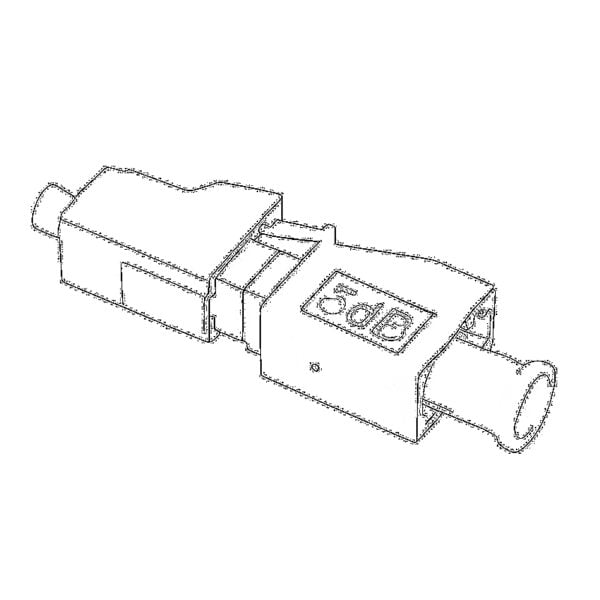 Optical Attenuator
Optical Attenuator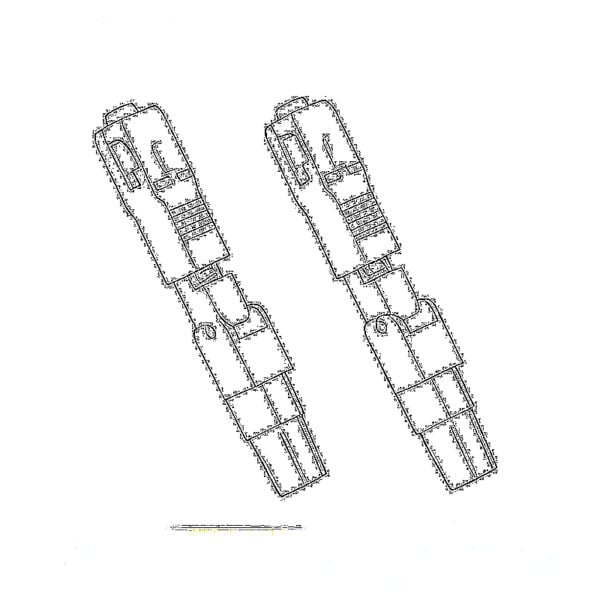 Quick Connector and Connector Panel
Quick Connector and Connector Panel CATV Amplifier
CATV Amplifier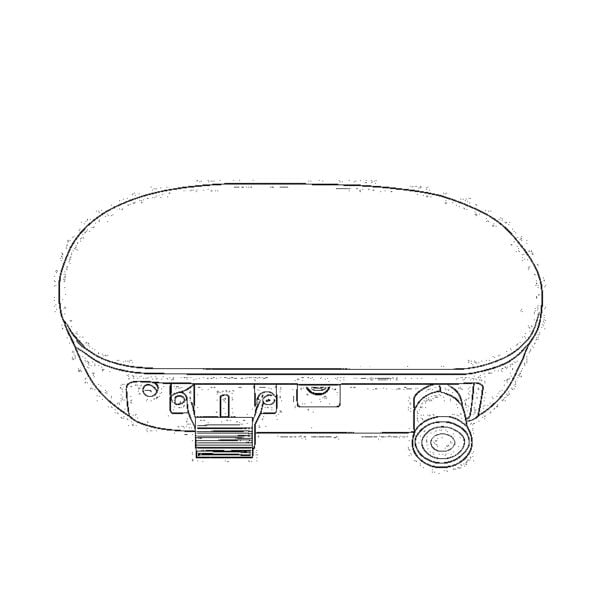 CATV Optical Receiver
CATV Optical Receiver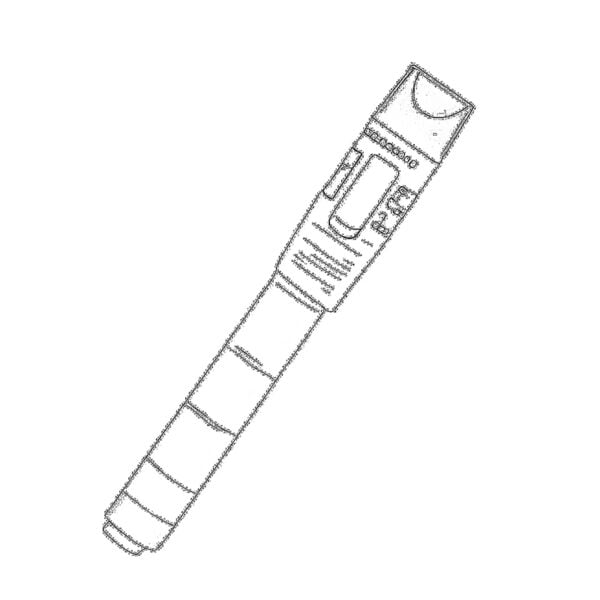 Visual Fault Locator
Visual Fault Locator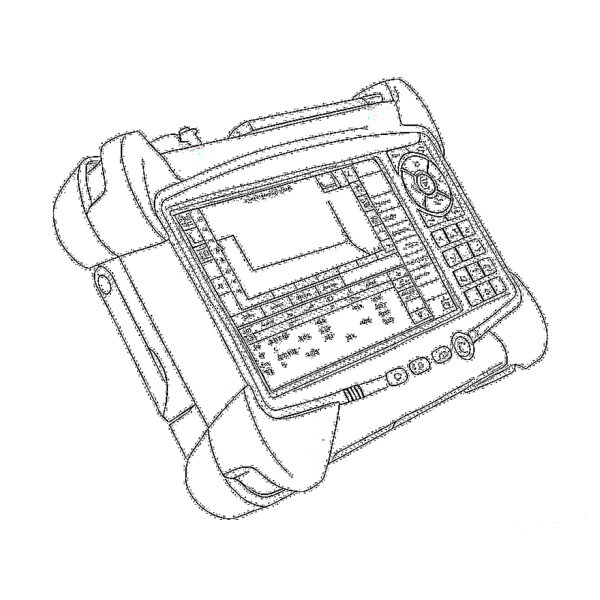 OTDR
OTDR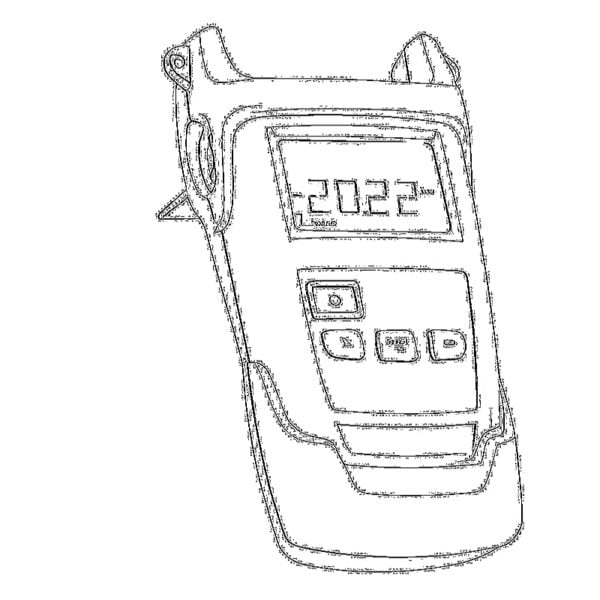 Optical Power Meter
Optical Power Meter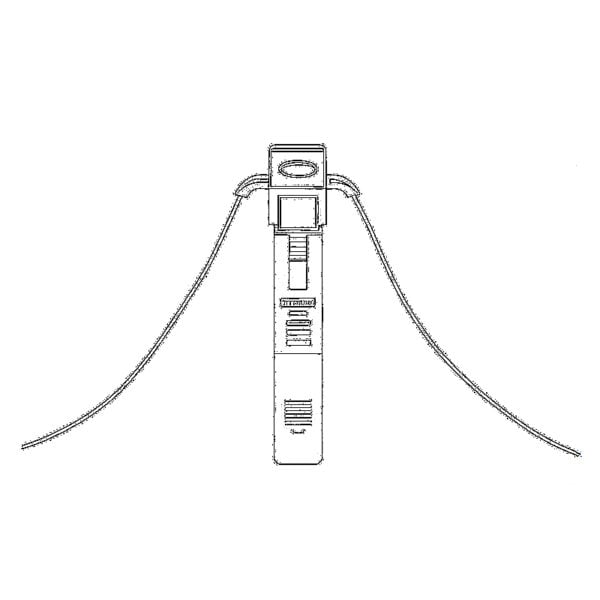 Fiber Optic Identifier
Fiber Optic Identifier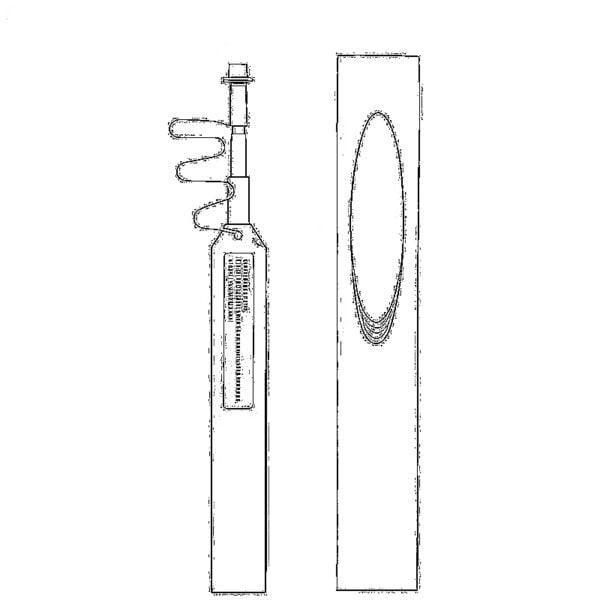 Fiber Optic Cleaners
Fiber Optic Cleaners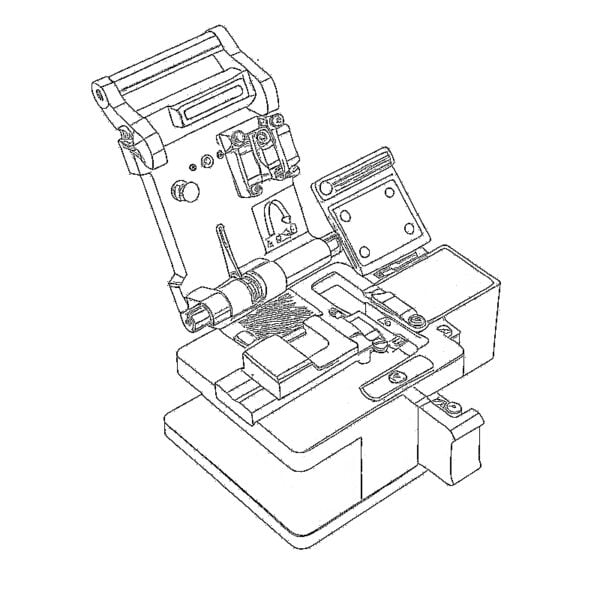 Fiber Cleavers & Fiber Strippers
Fiber Cleavers & Fiber Strippers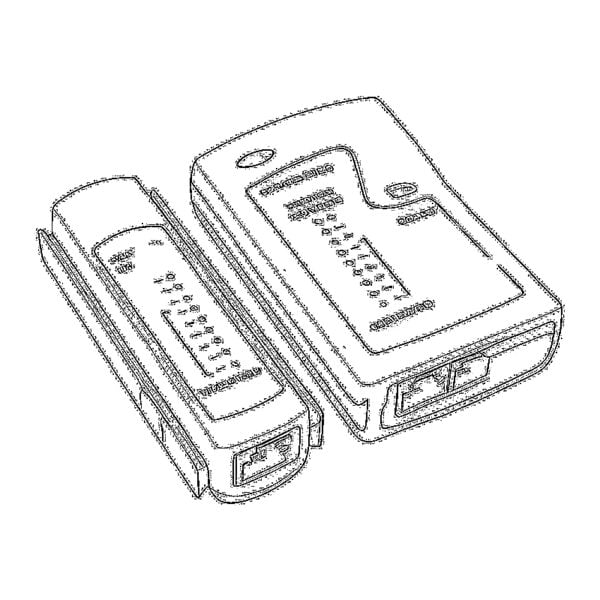 Copper Tools
Copper Tools